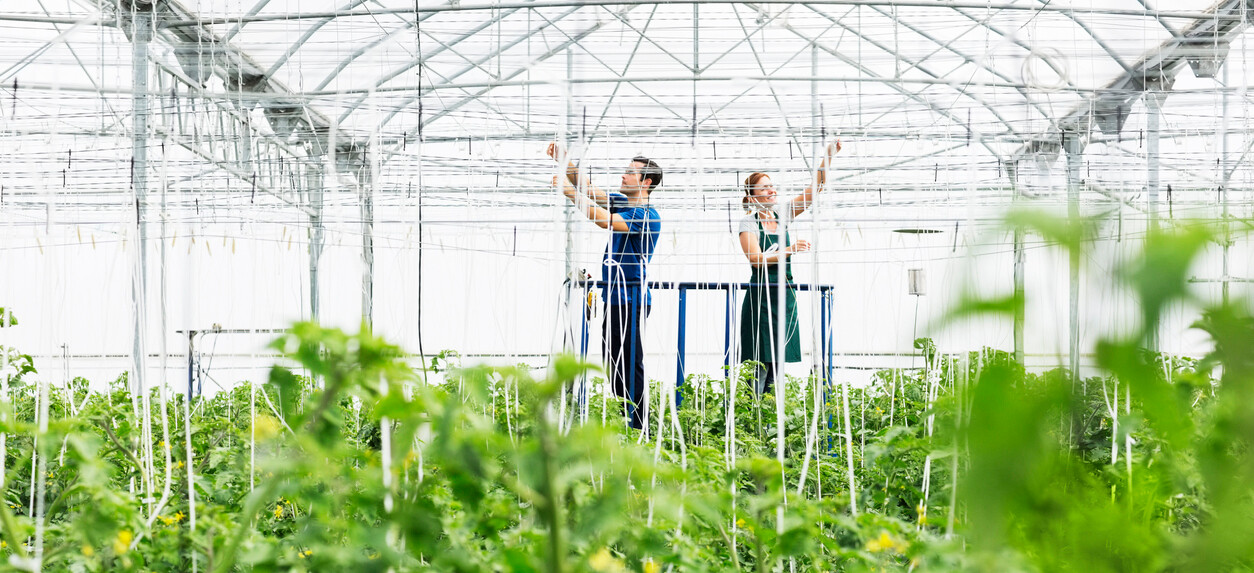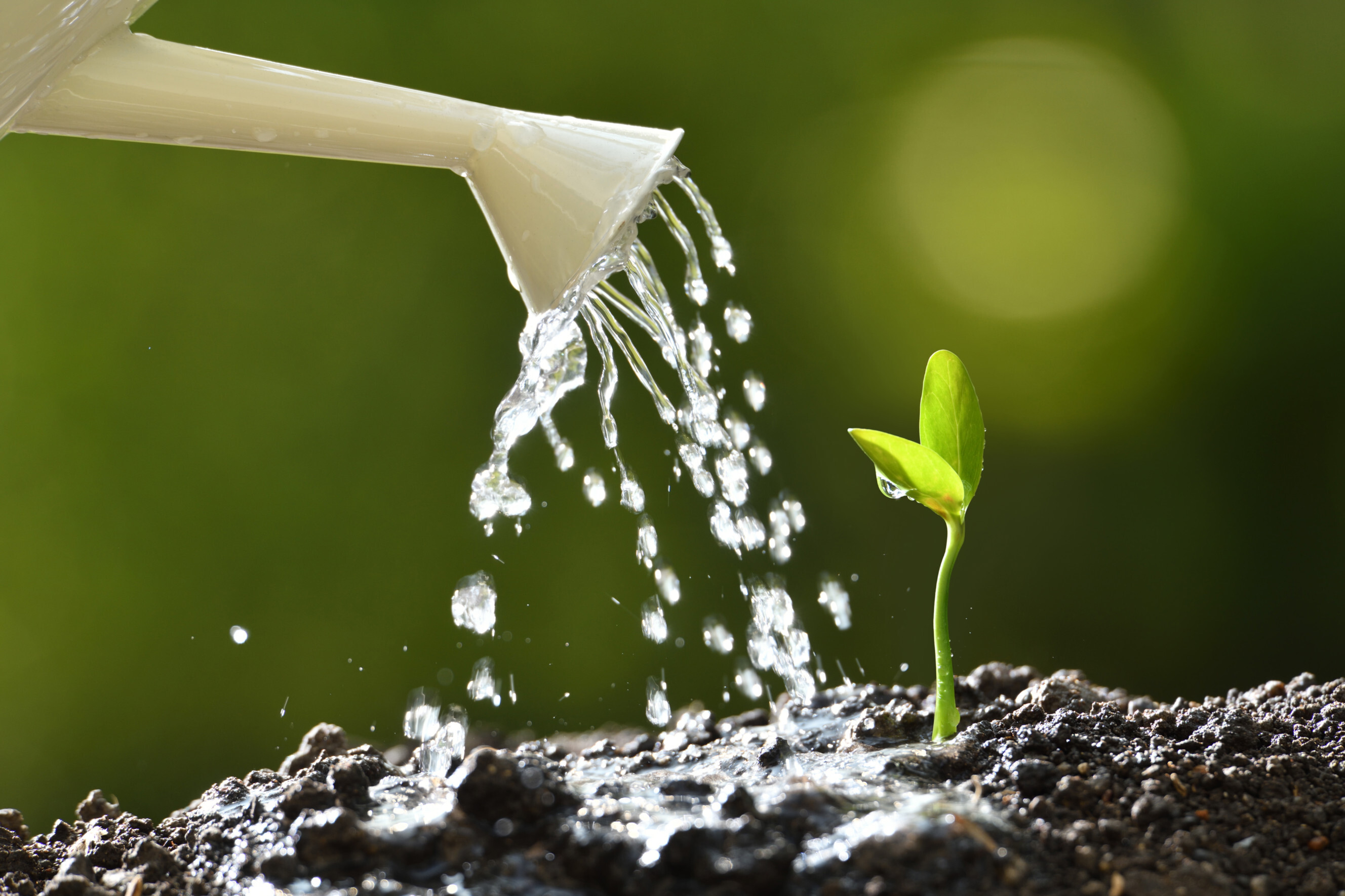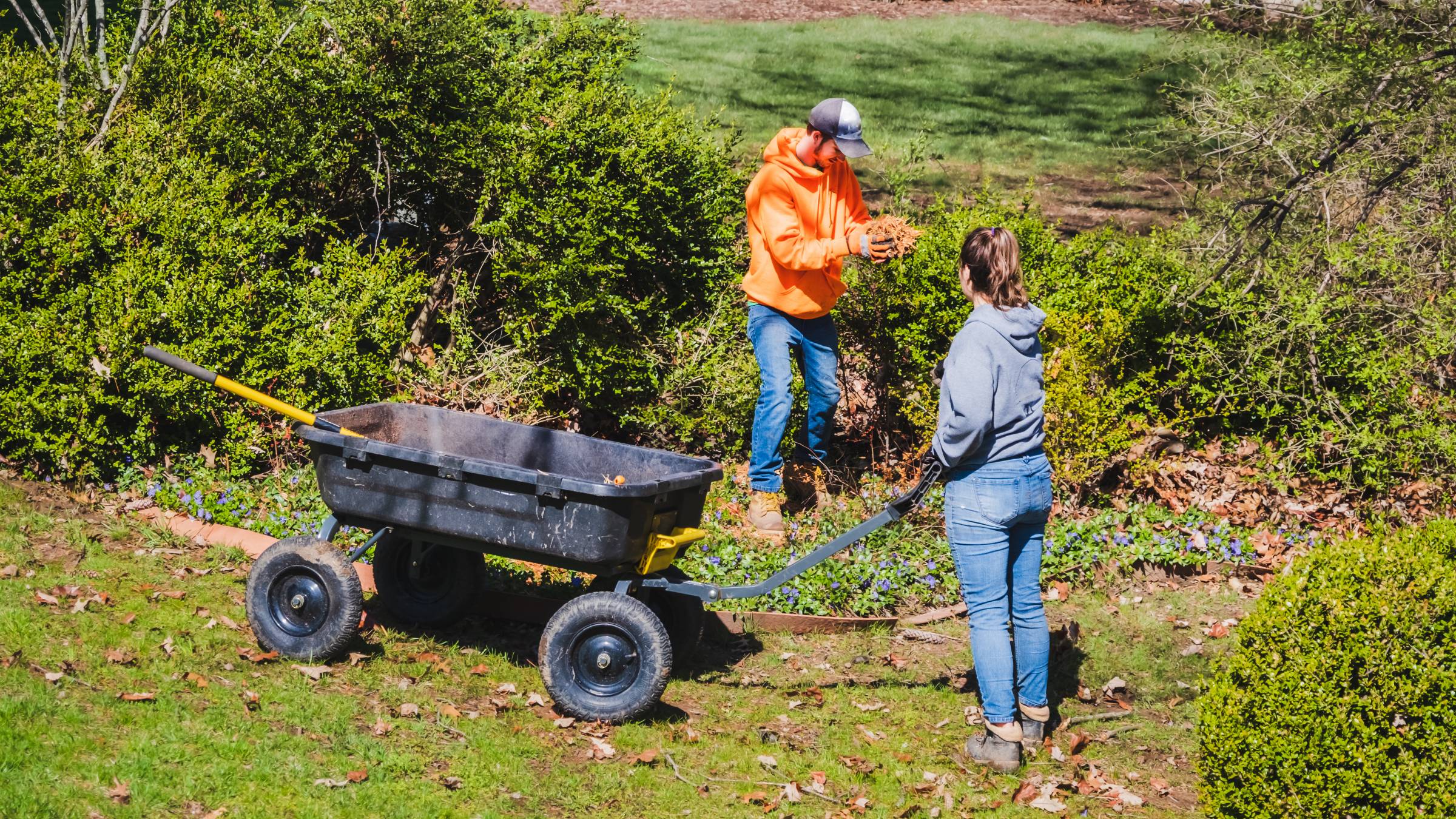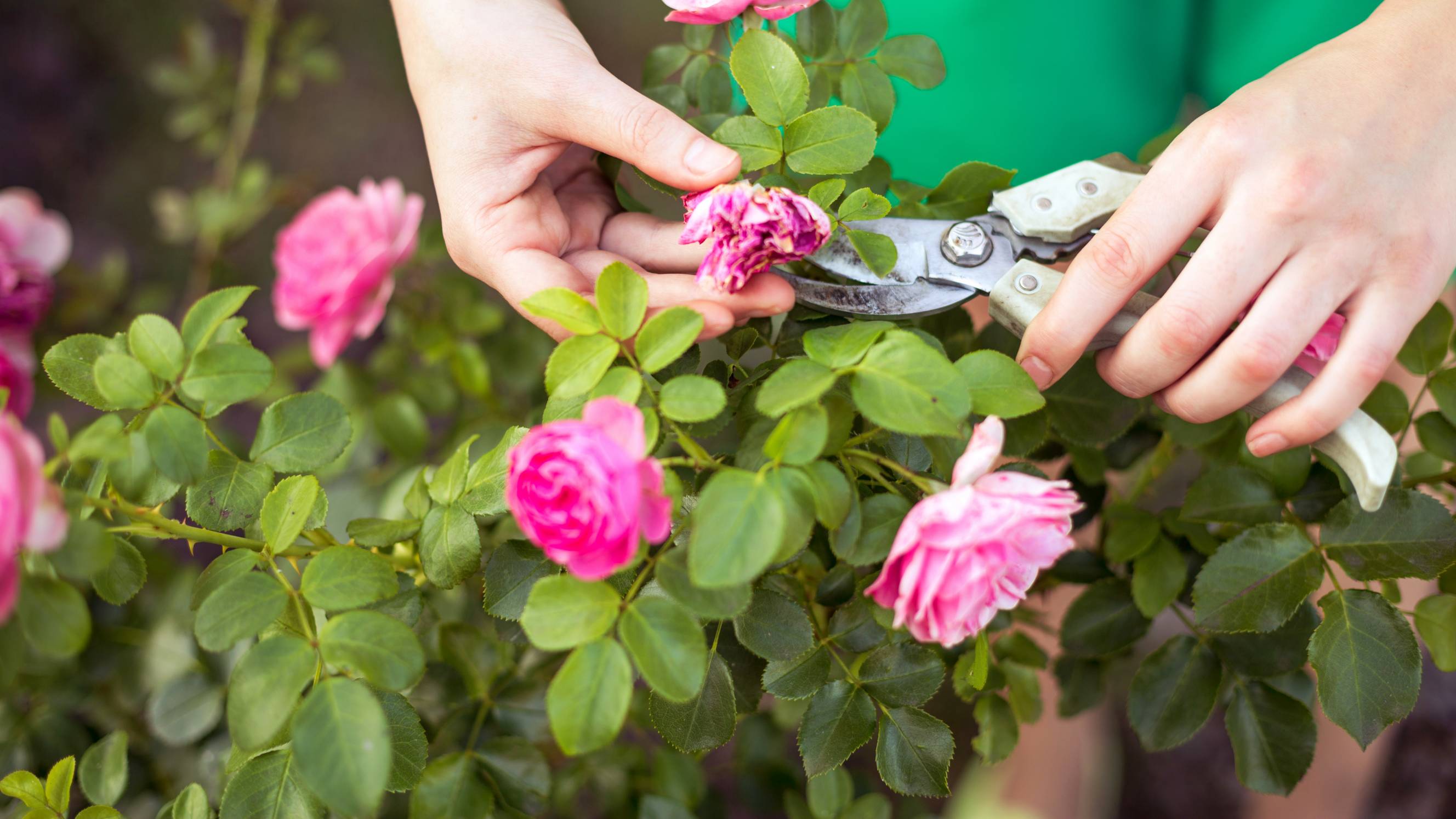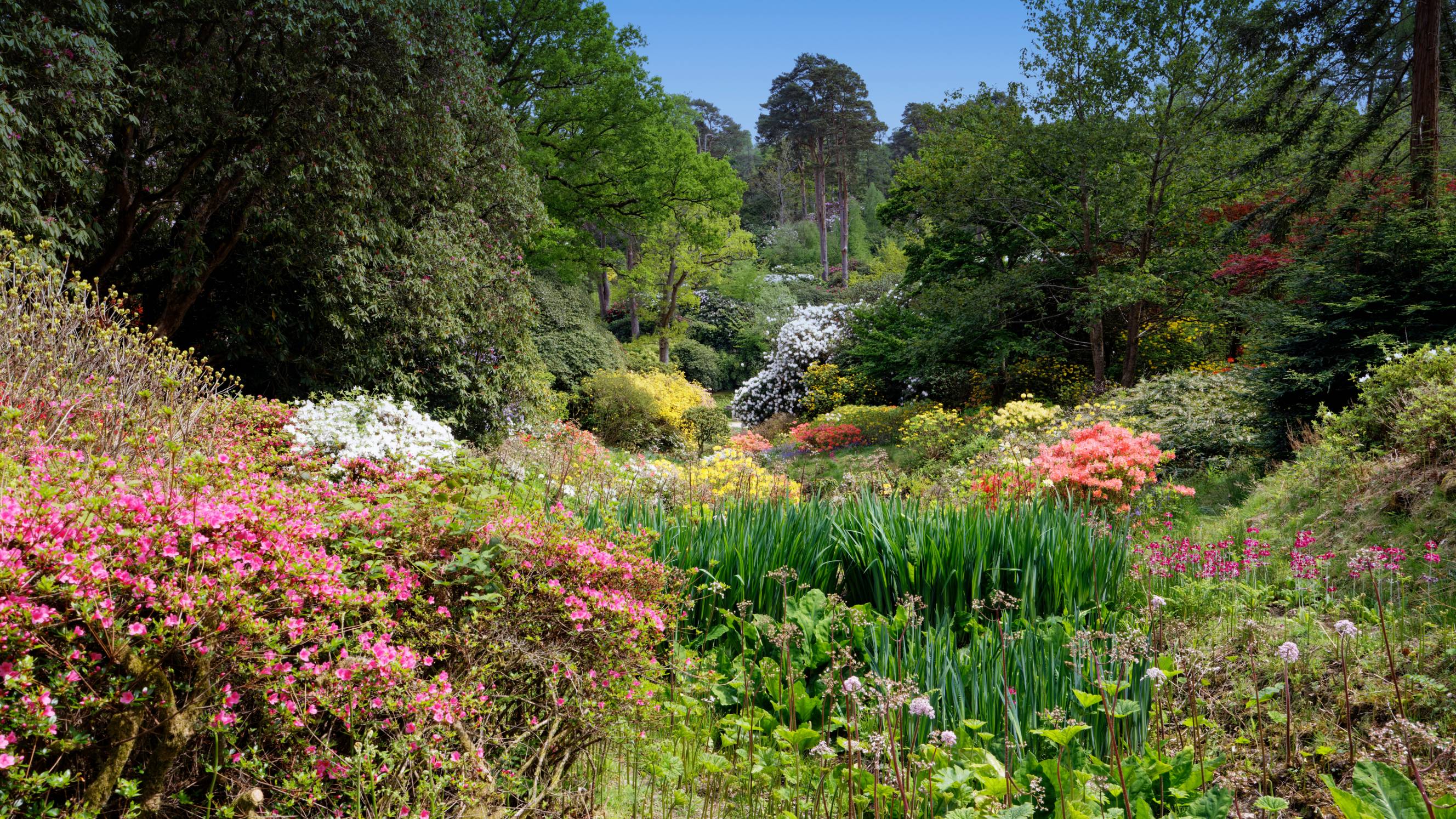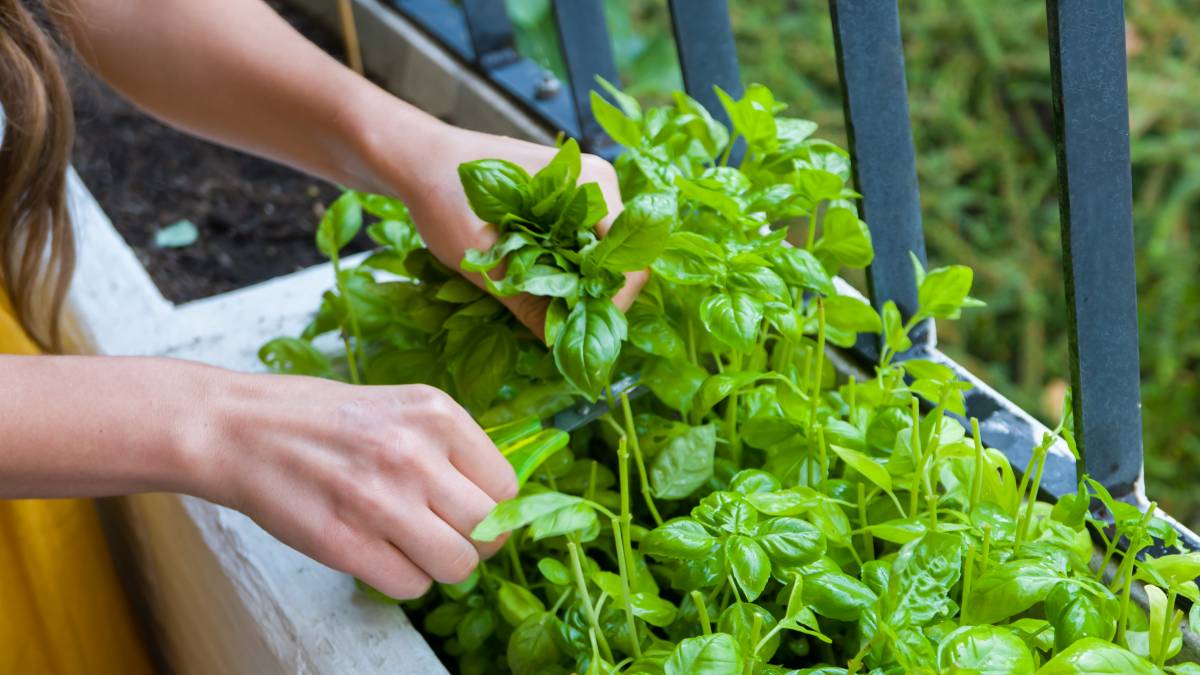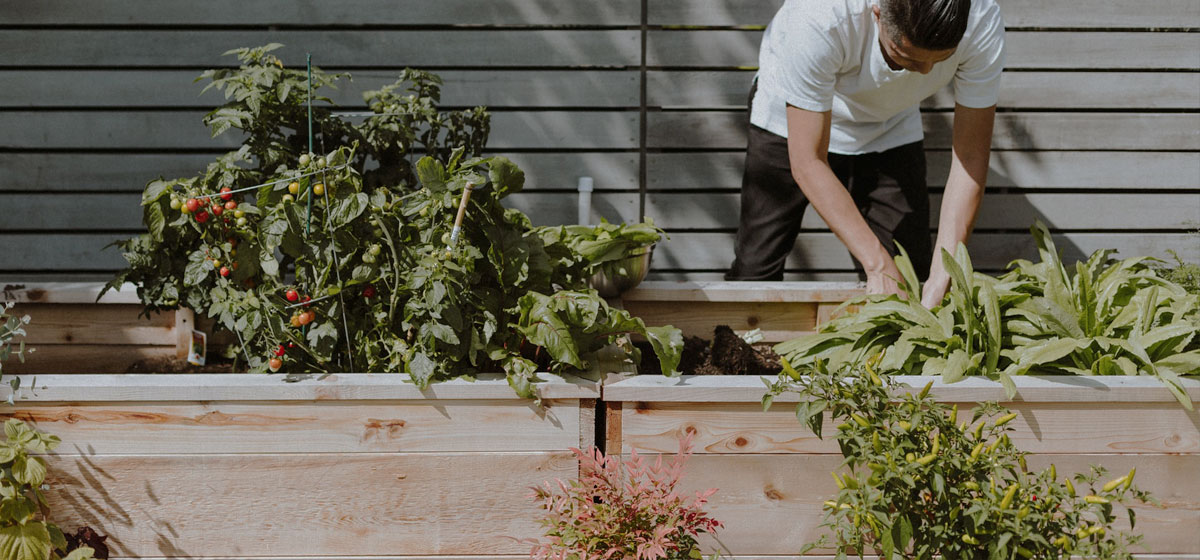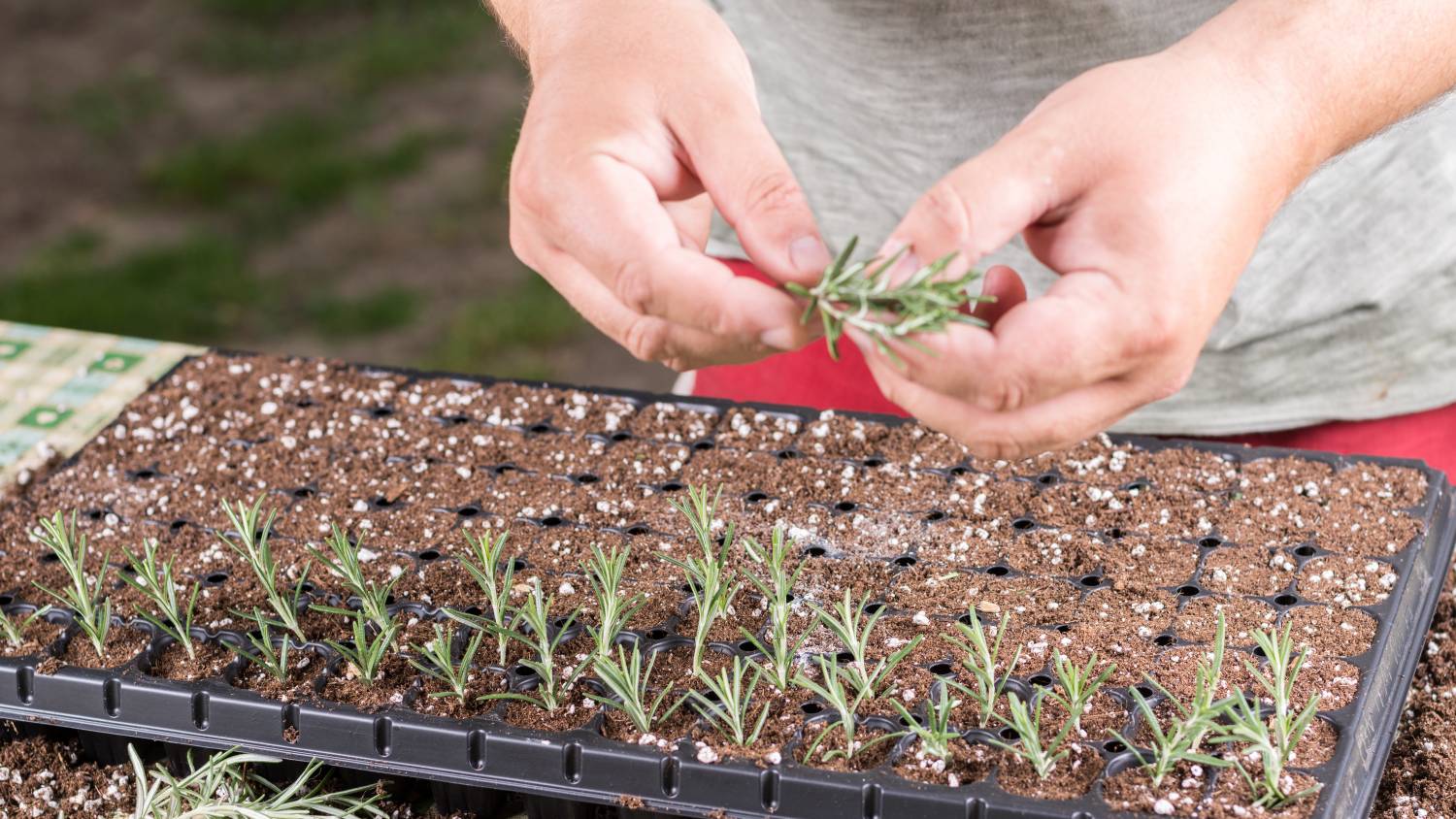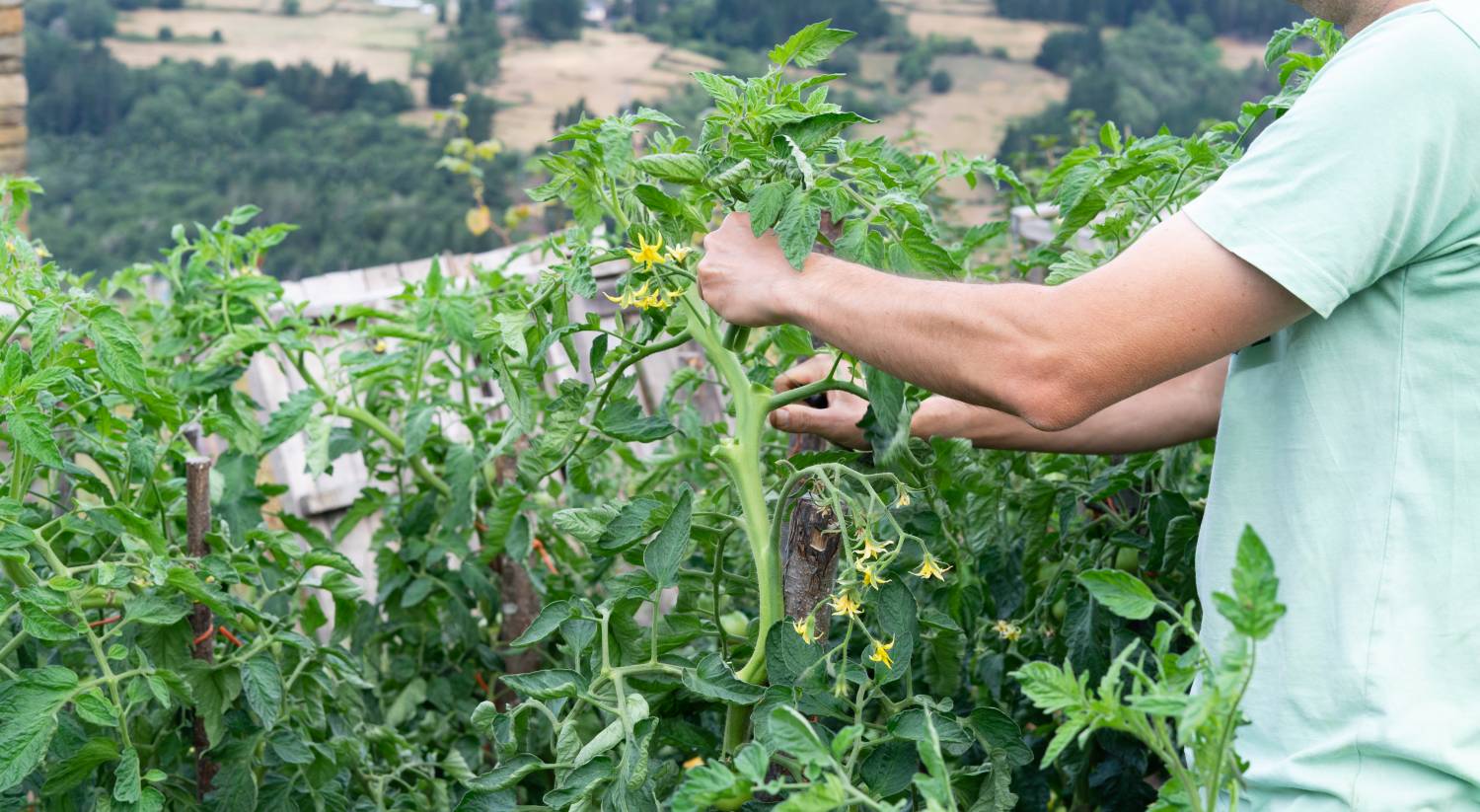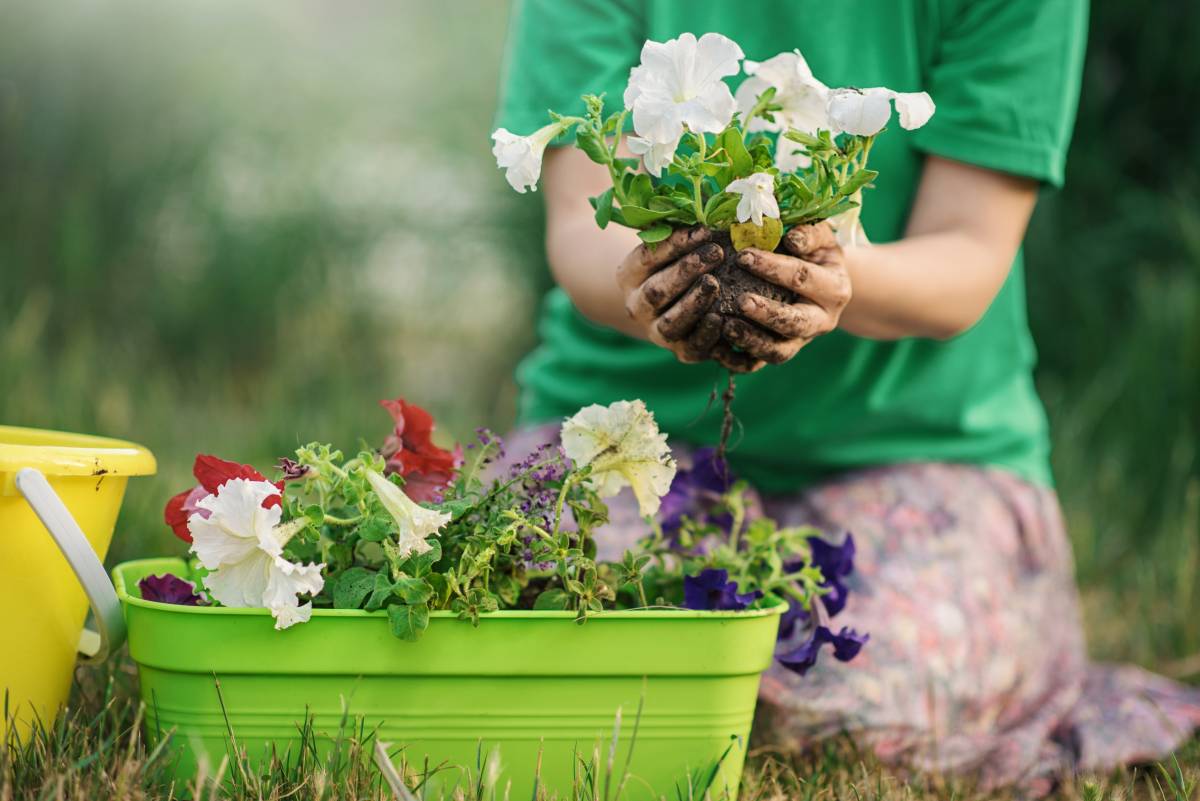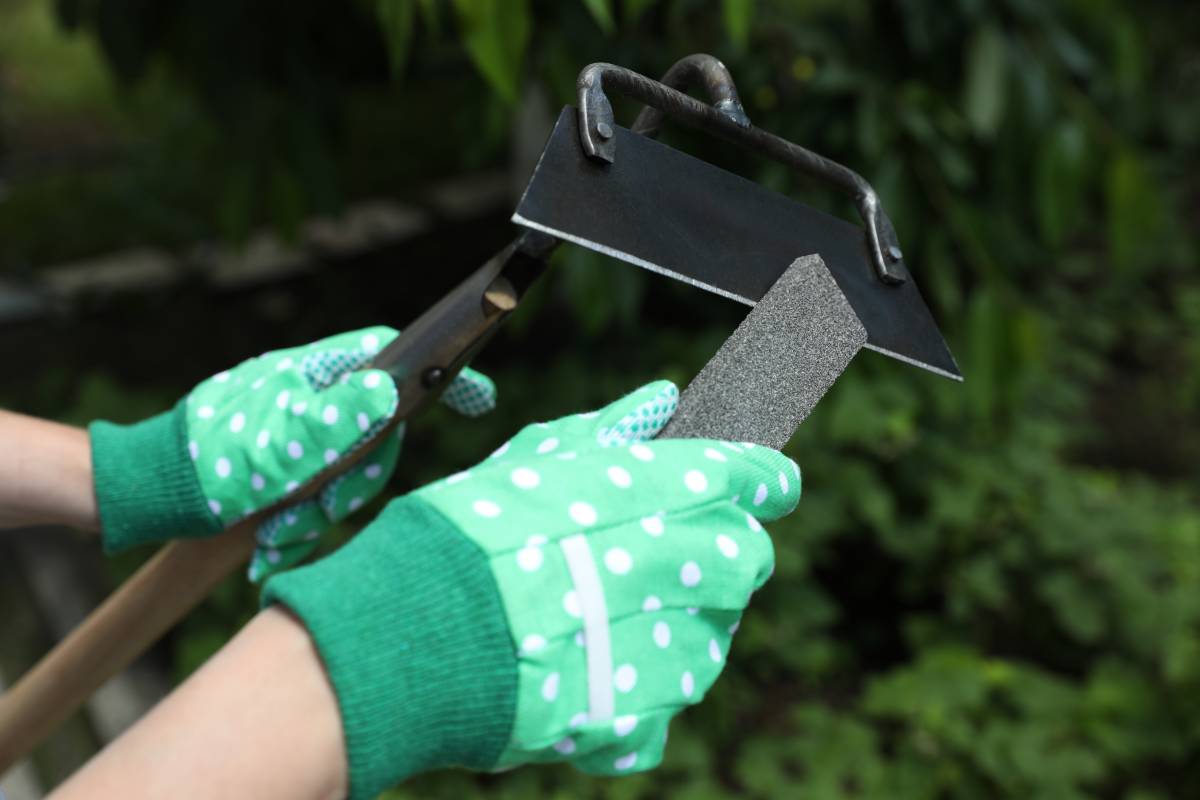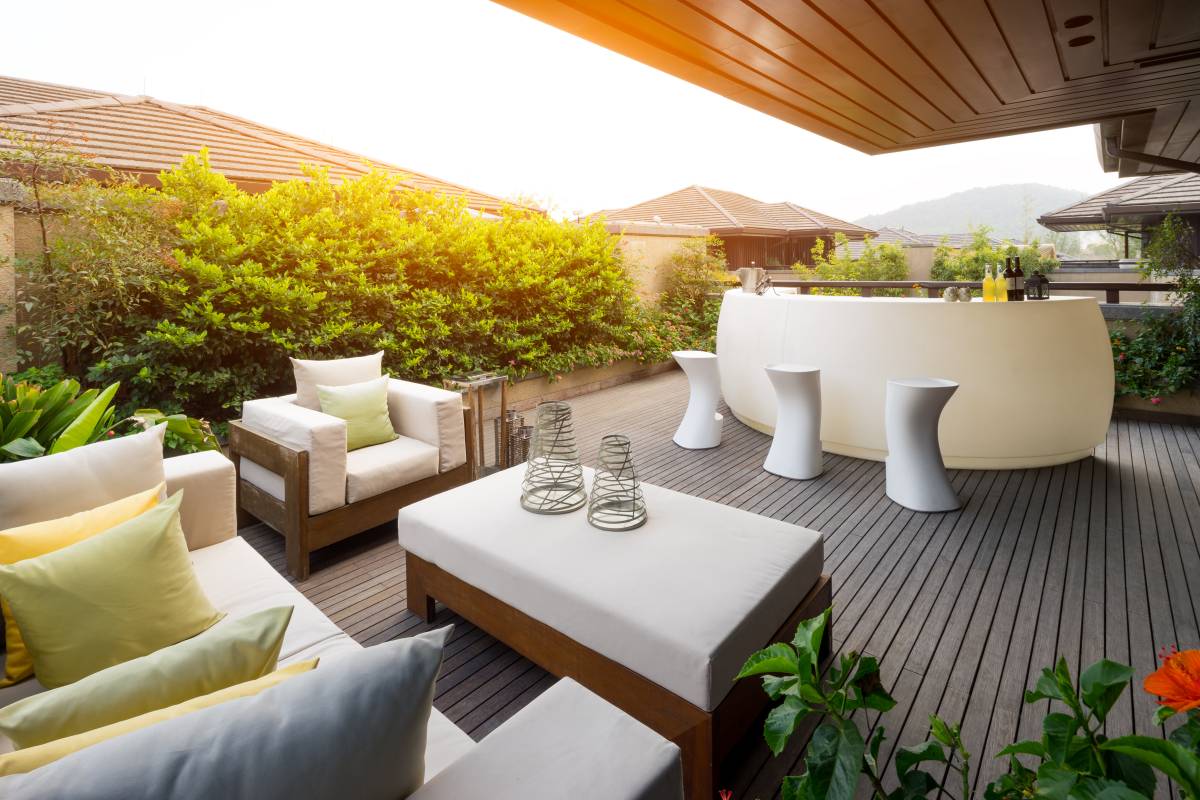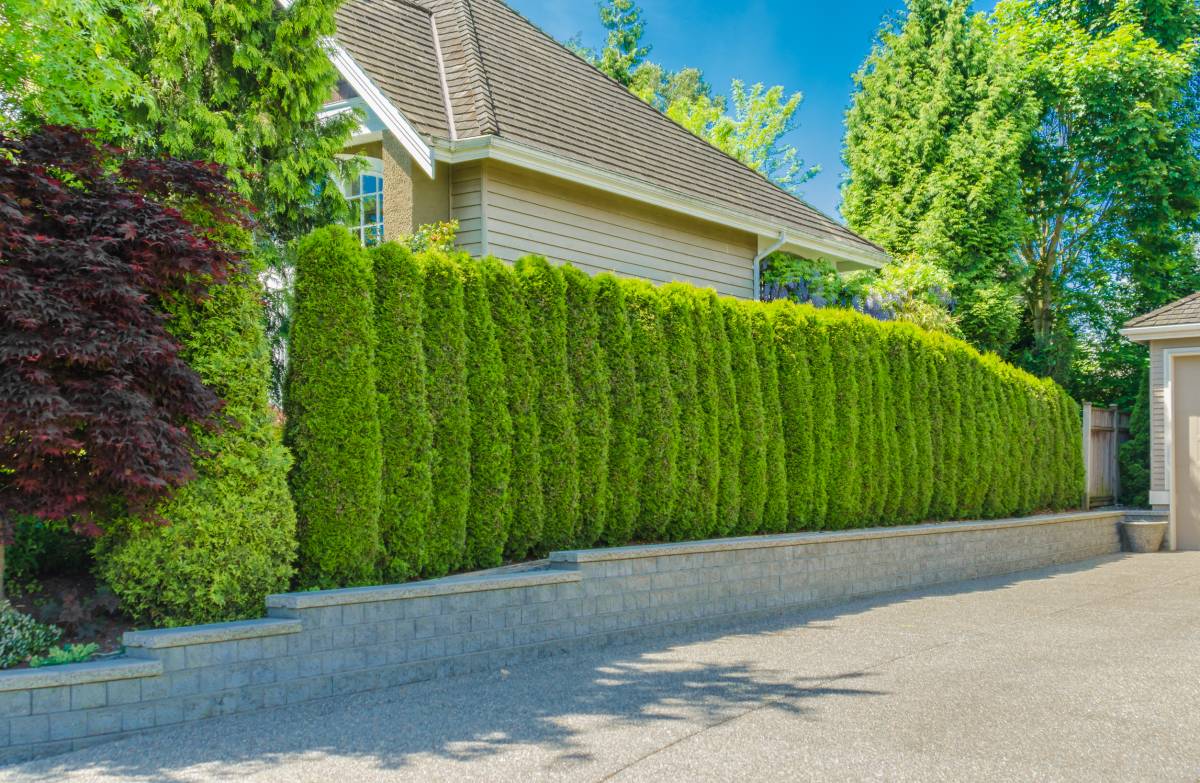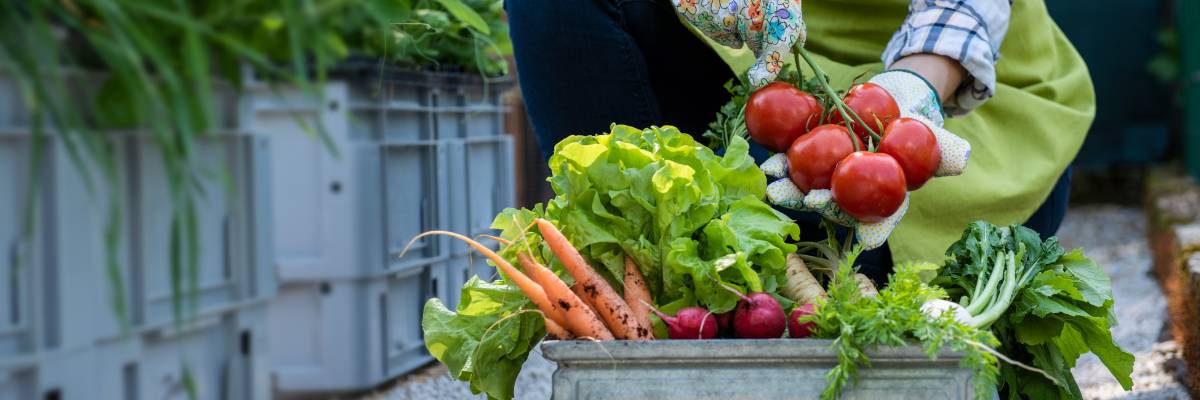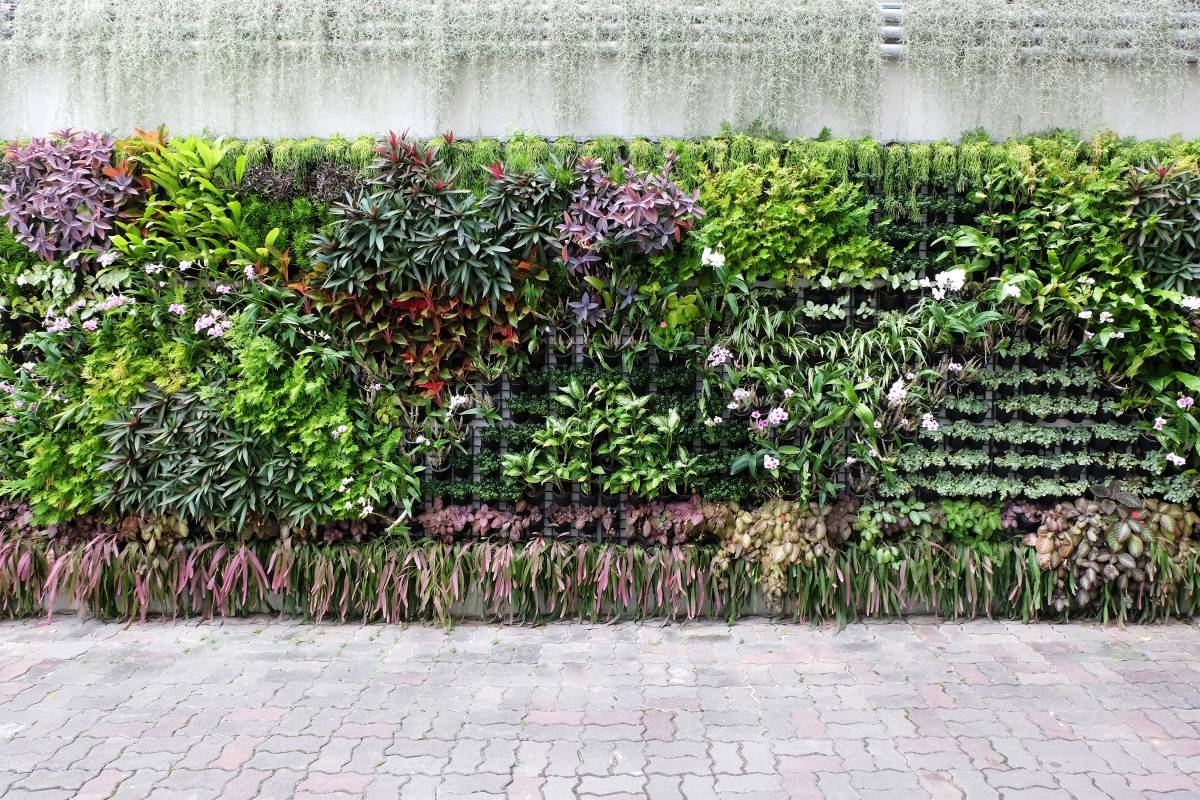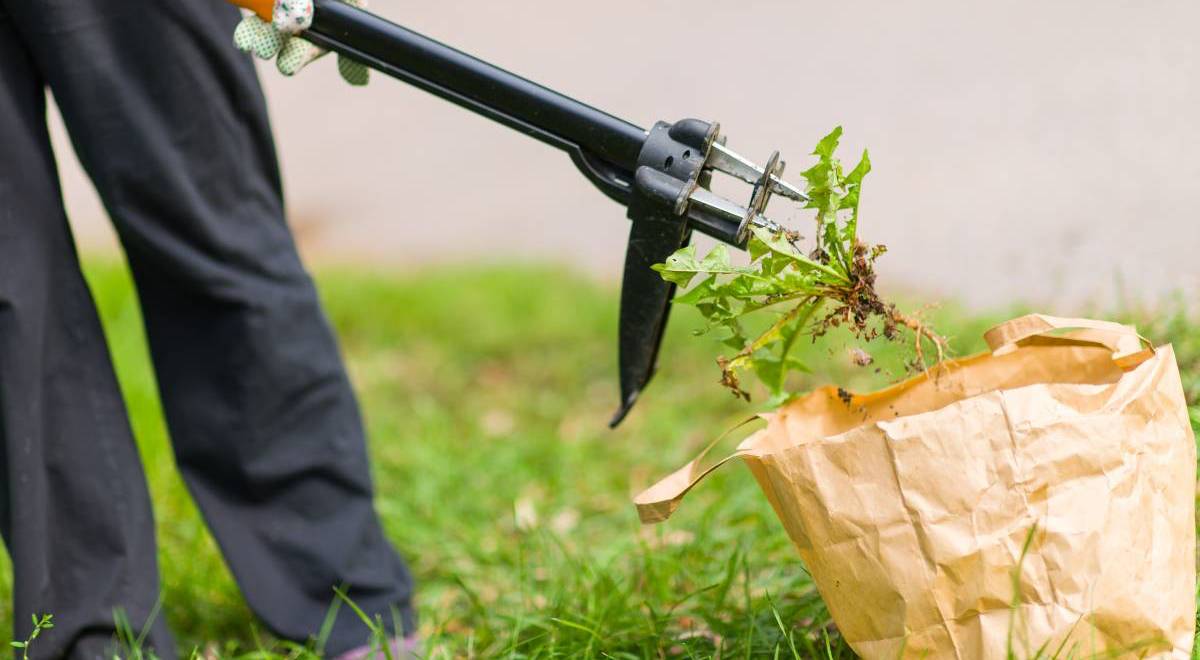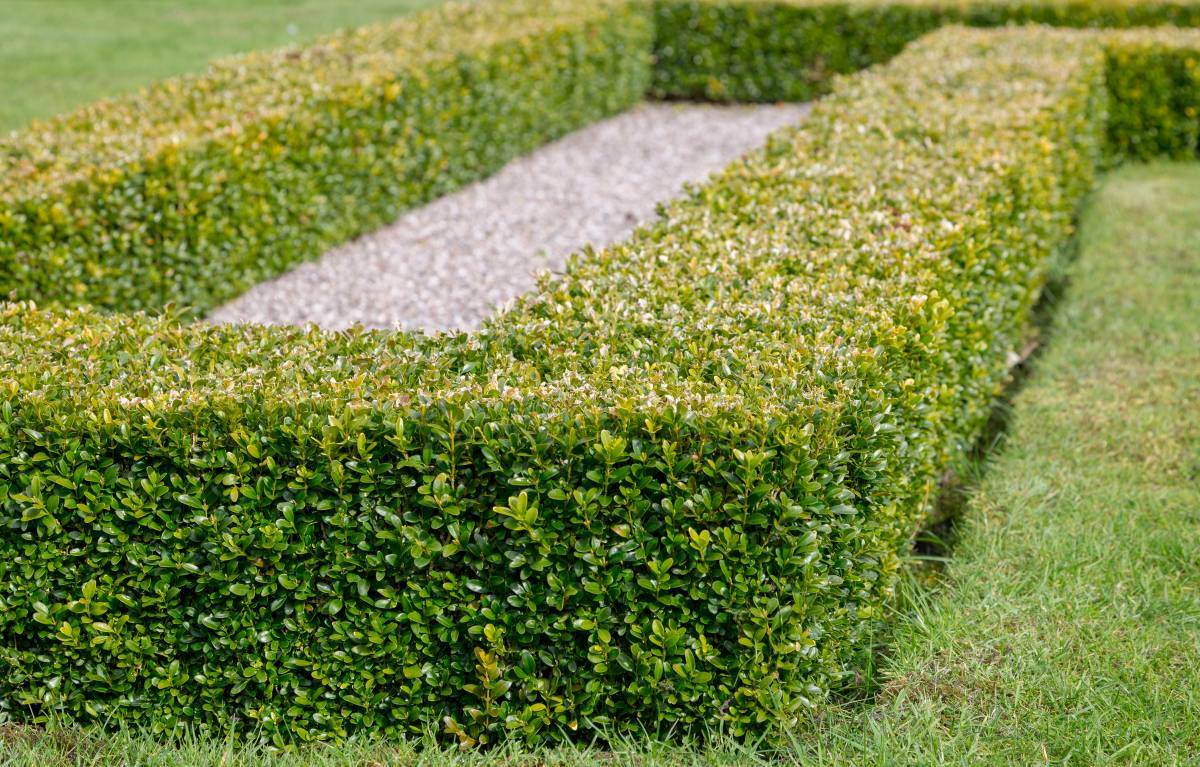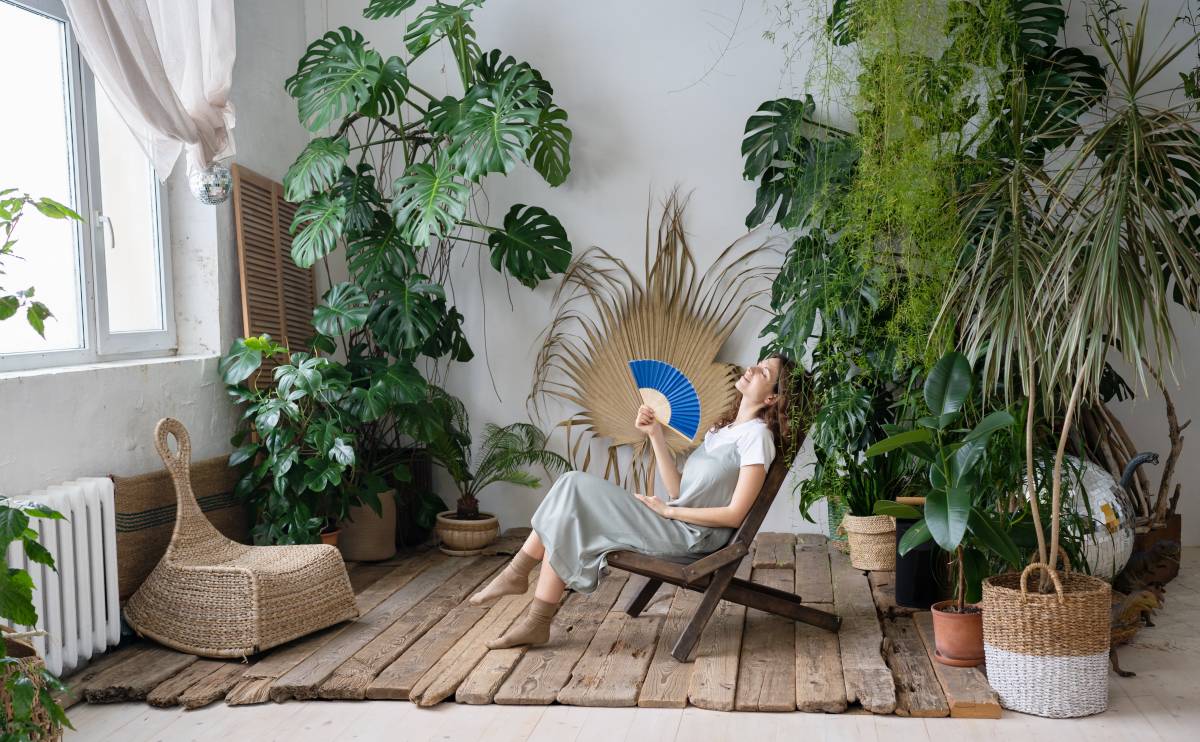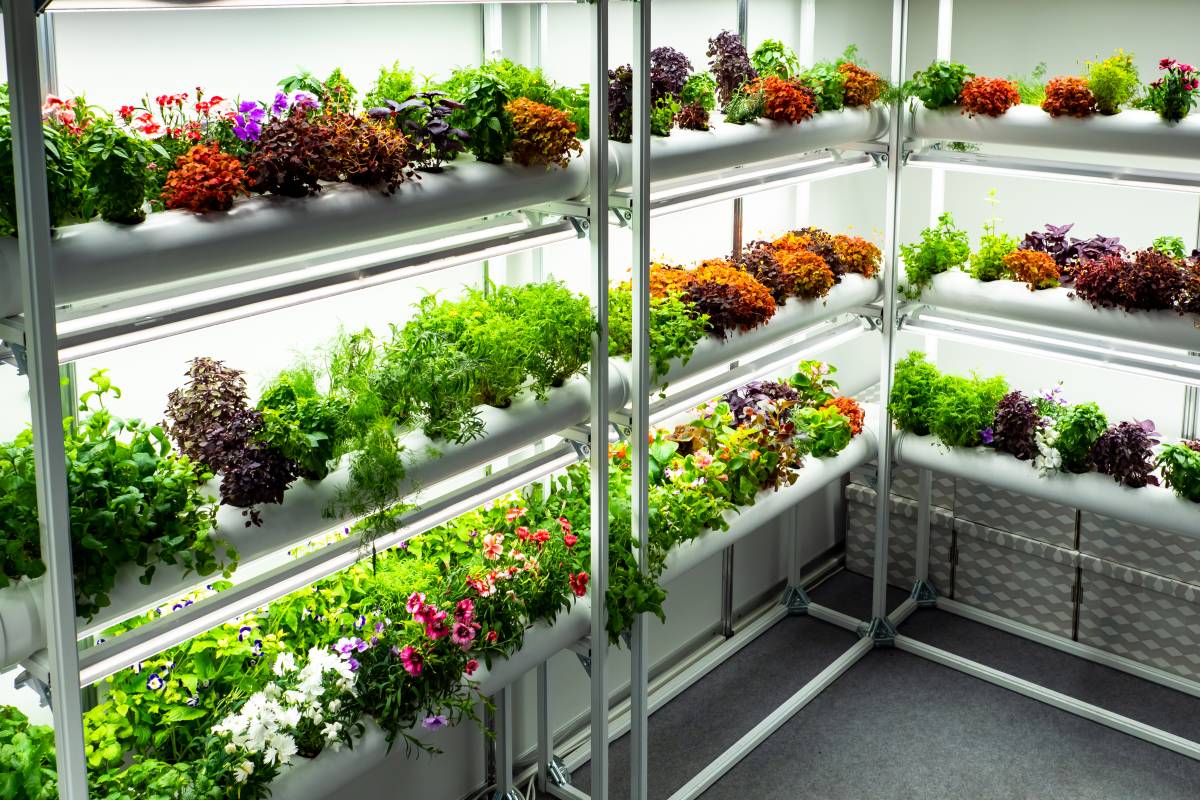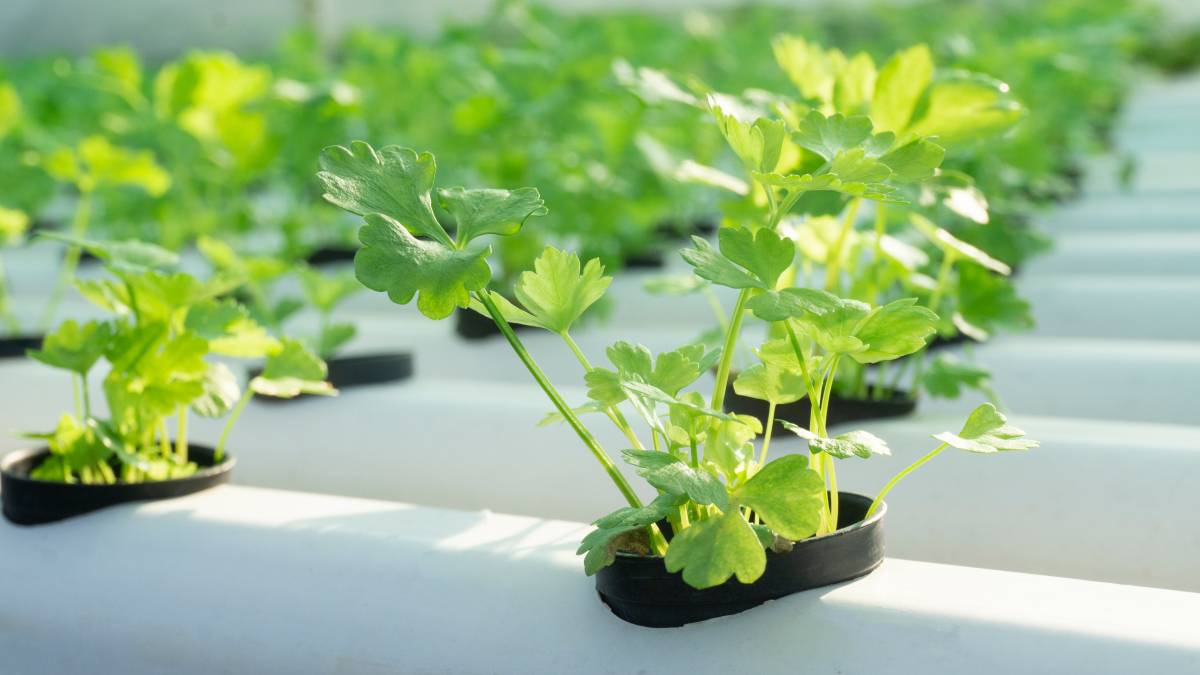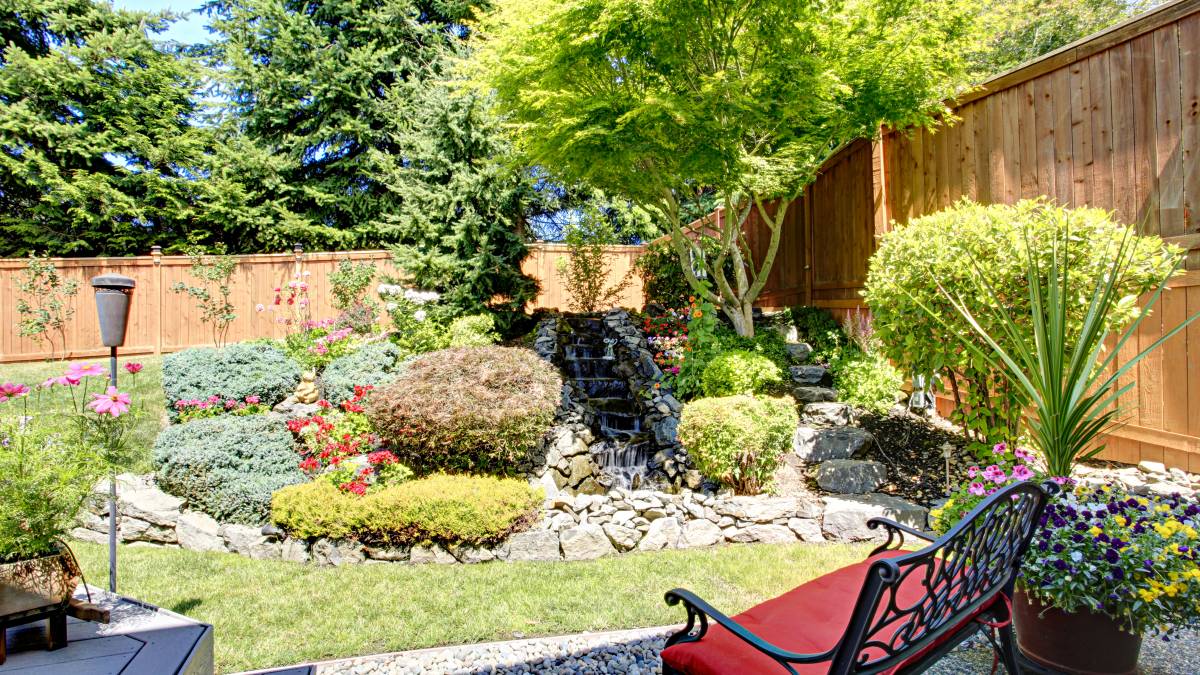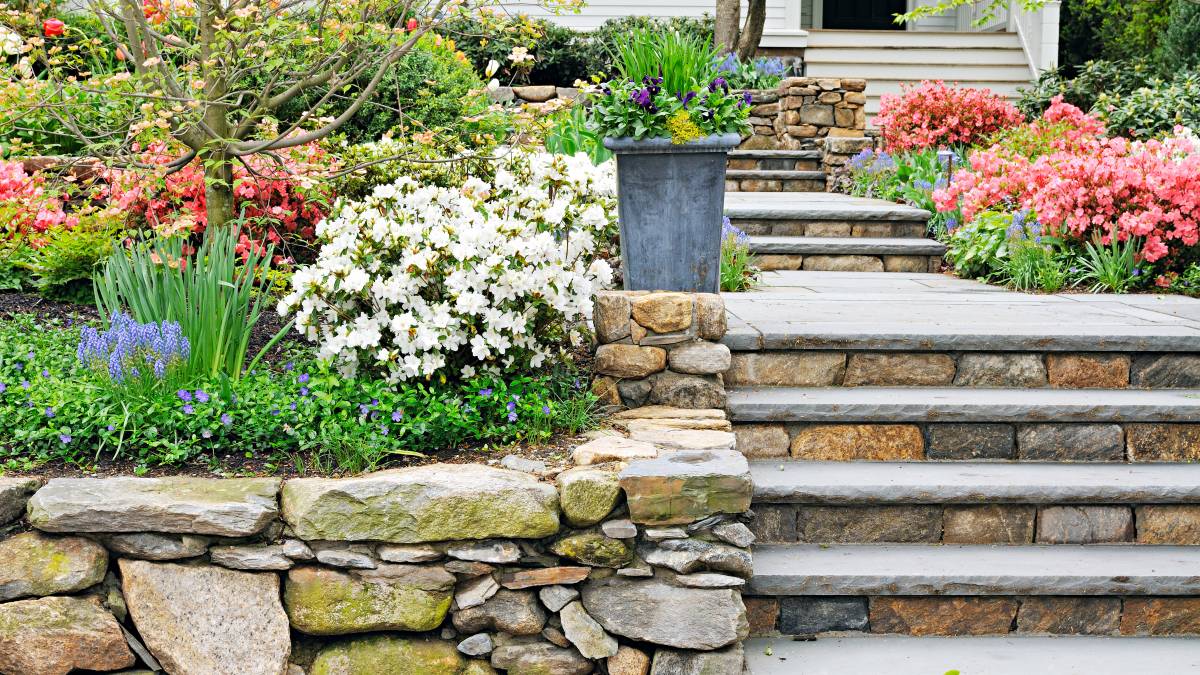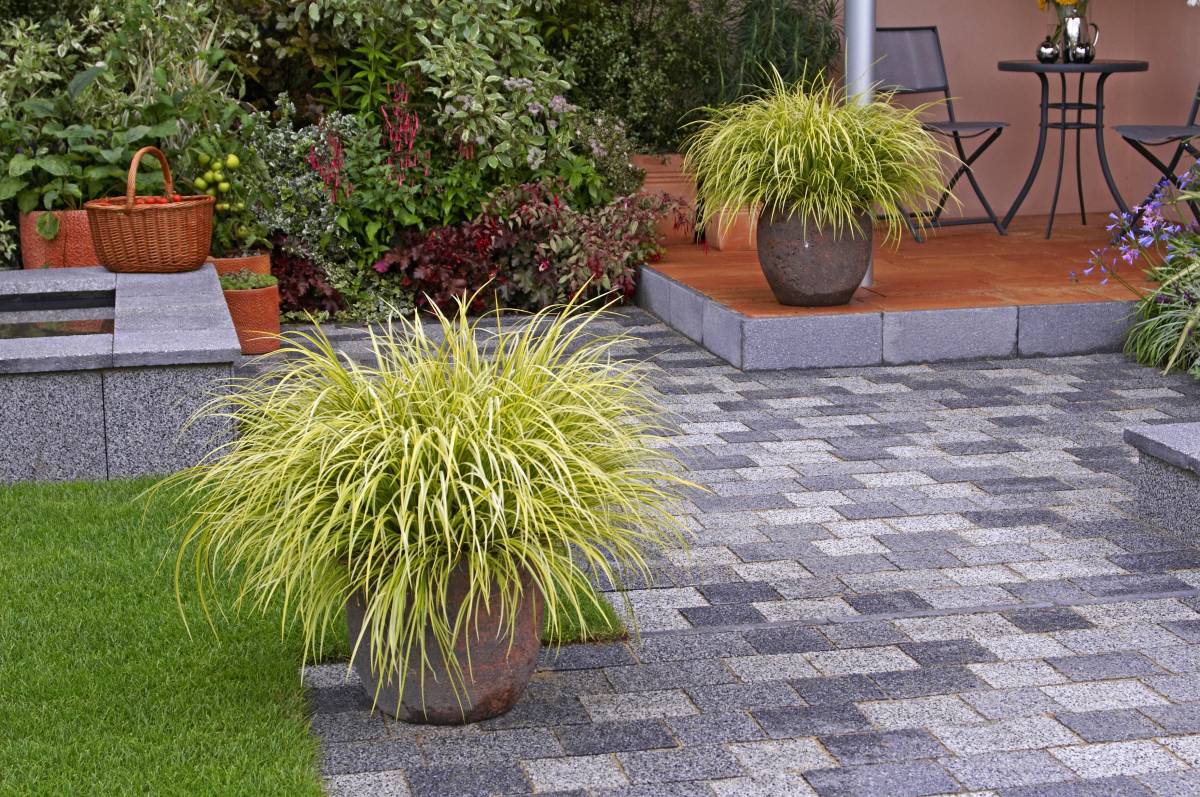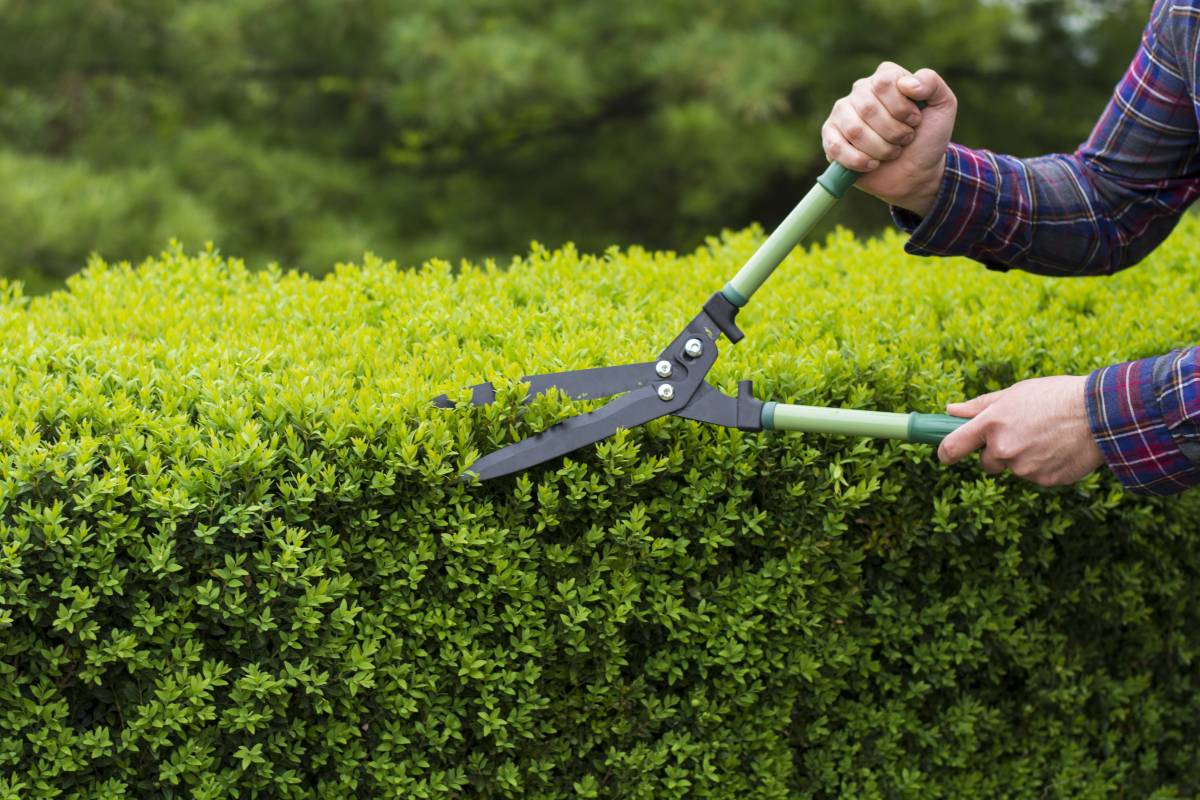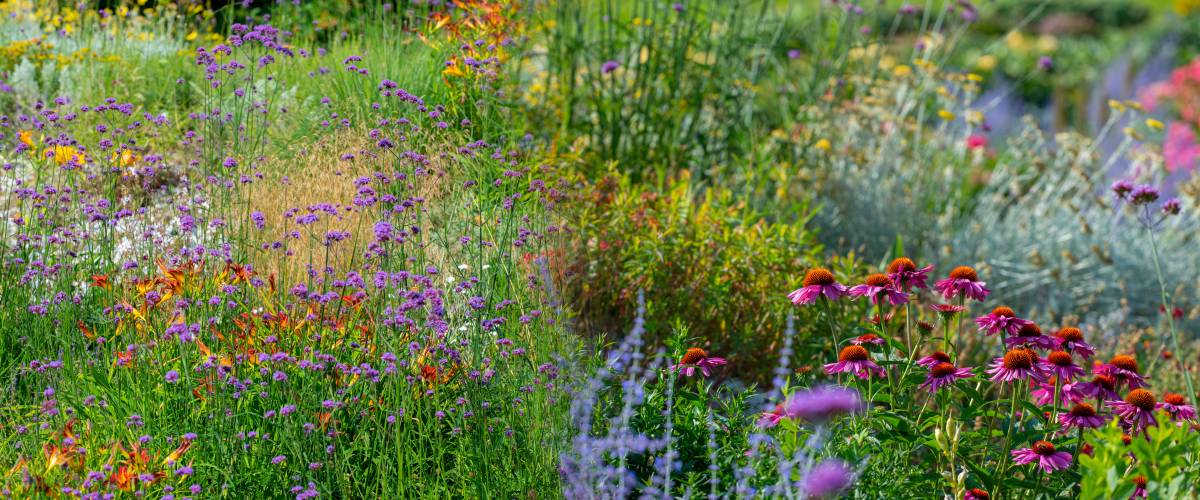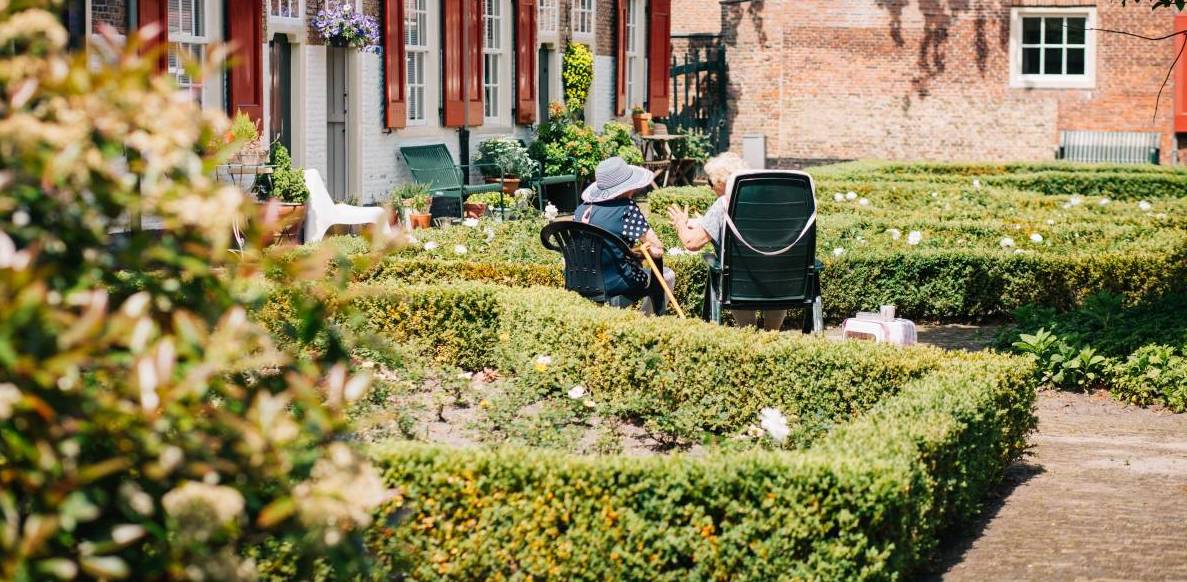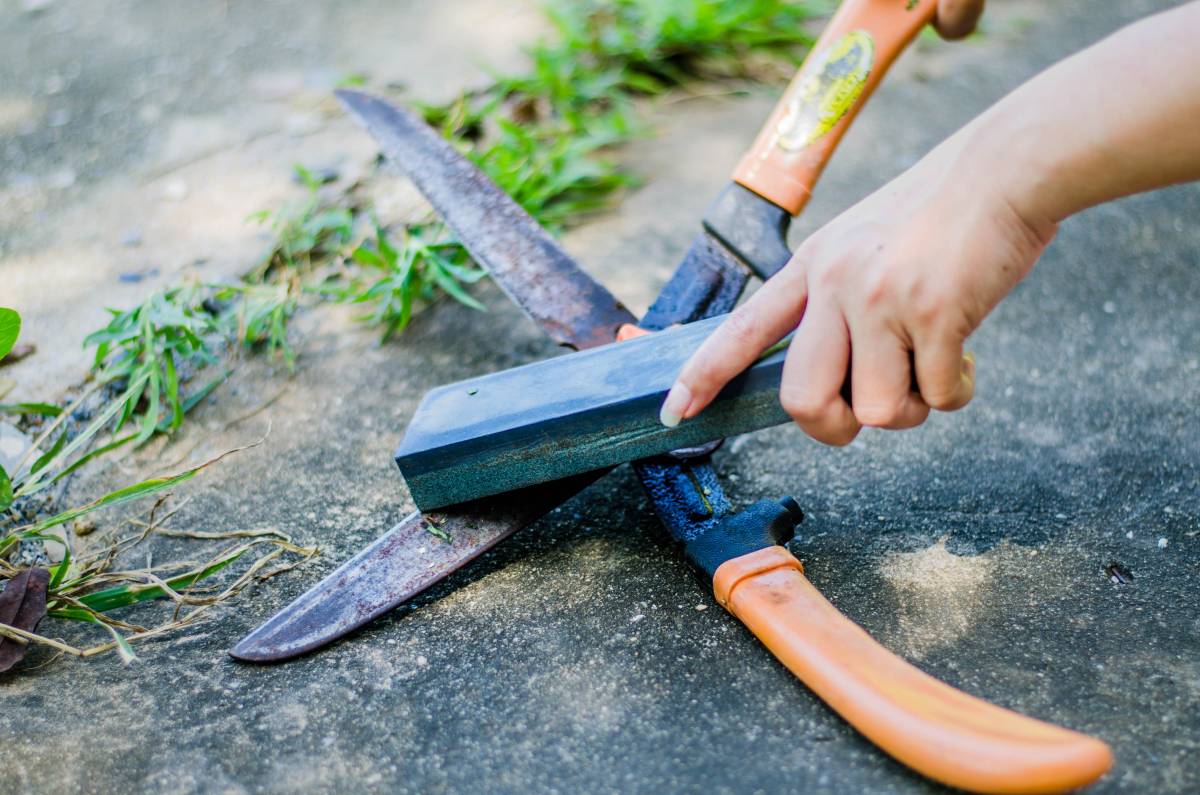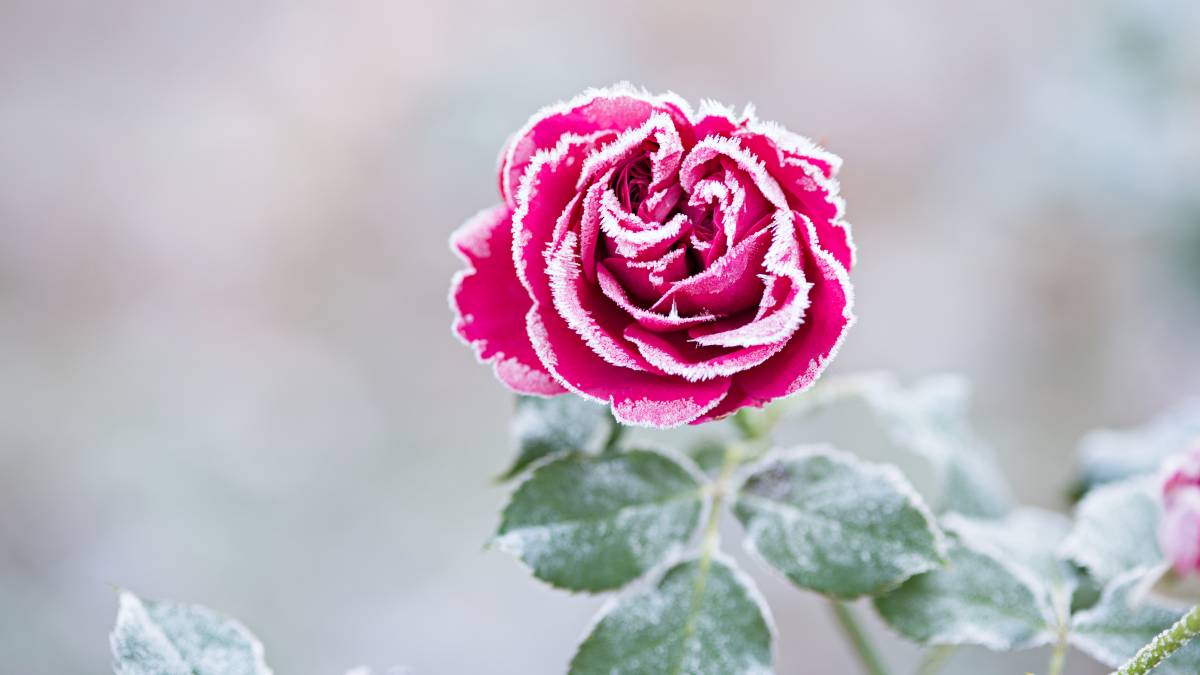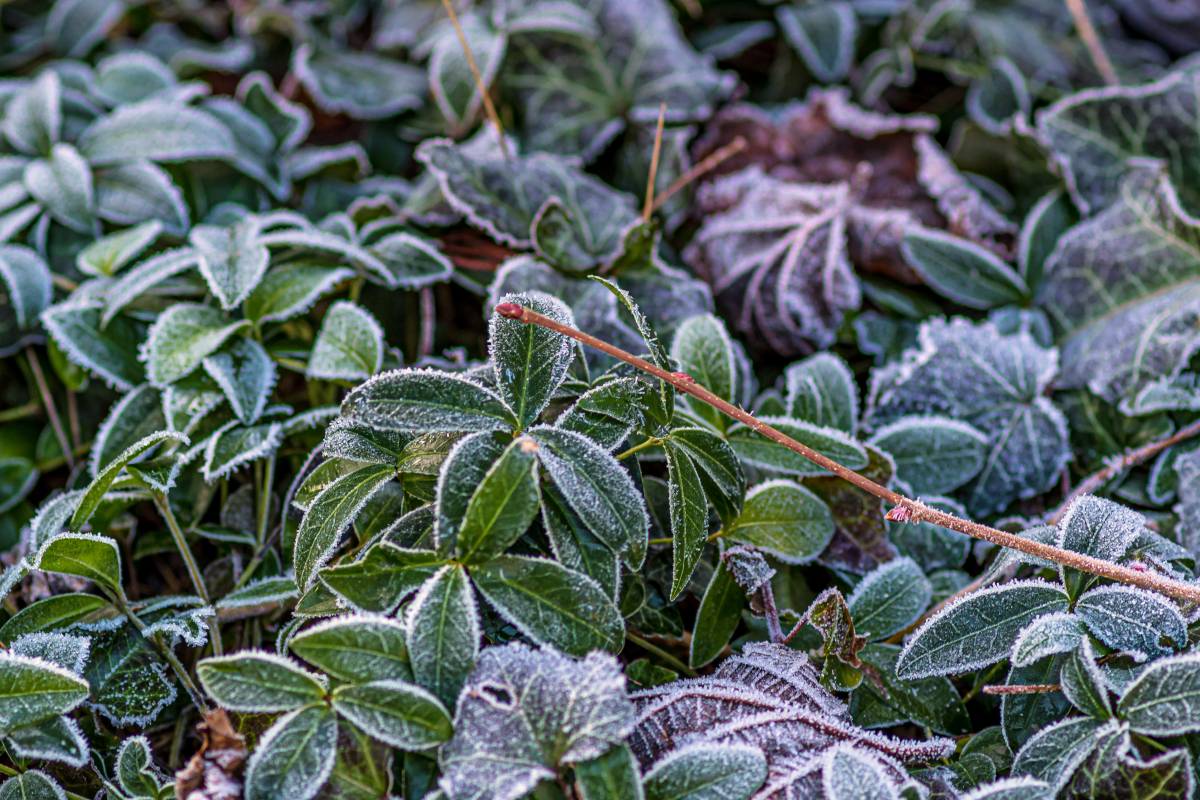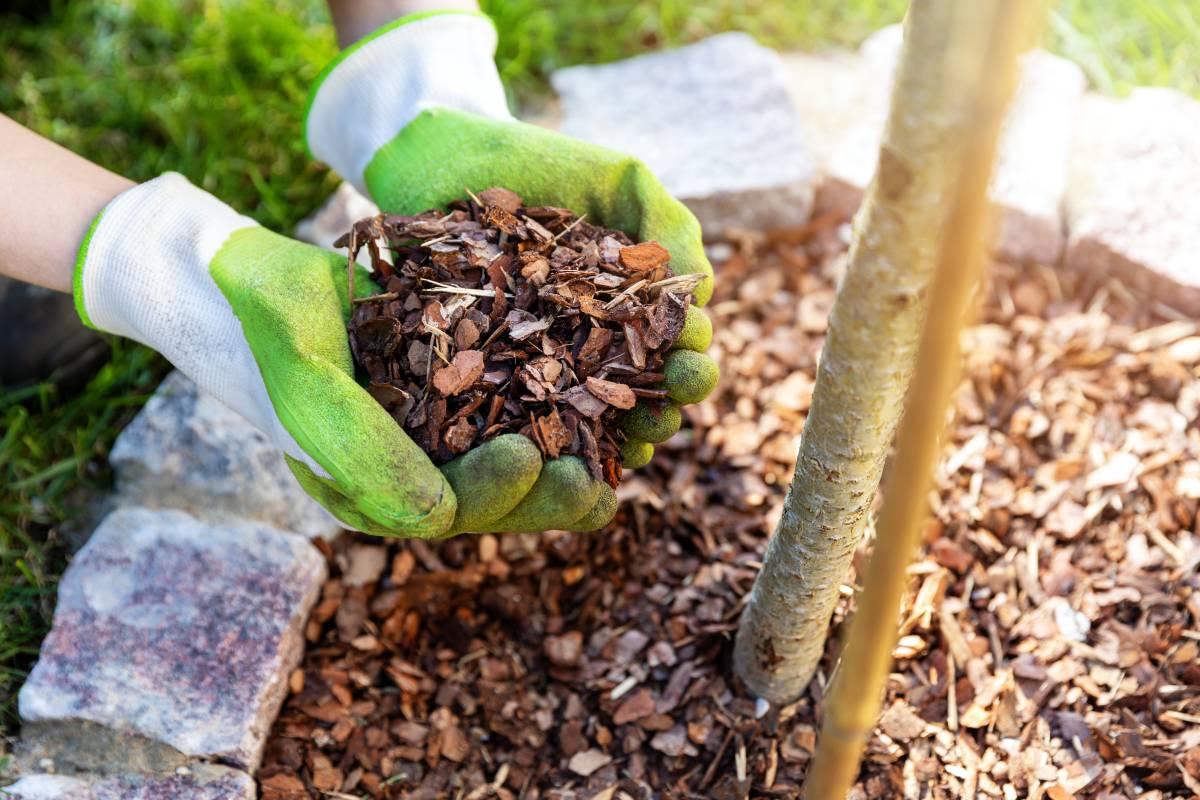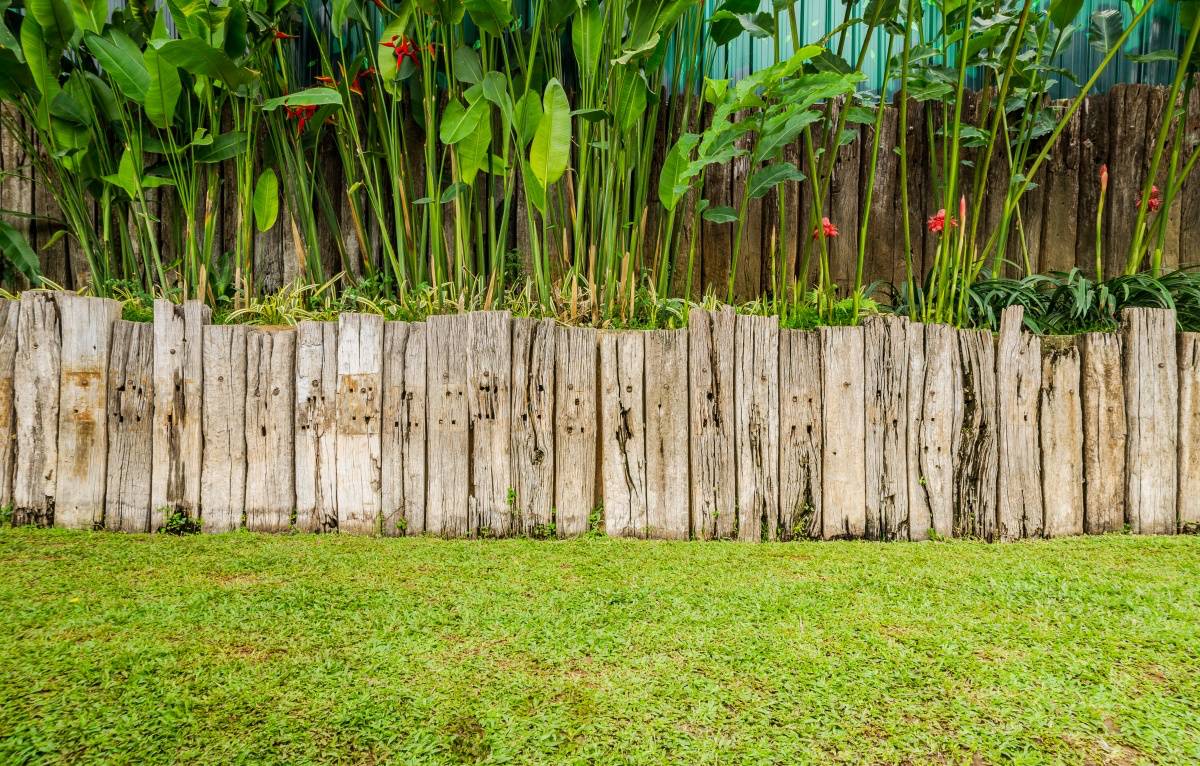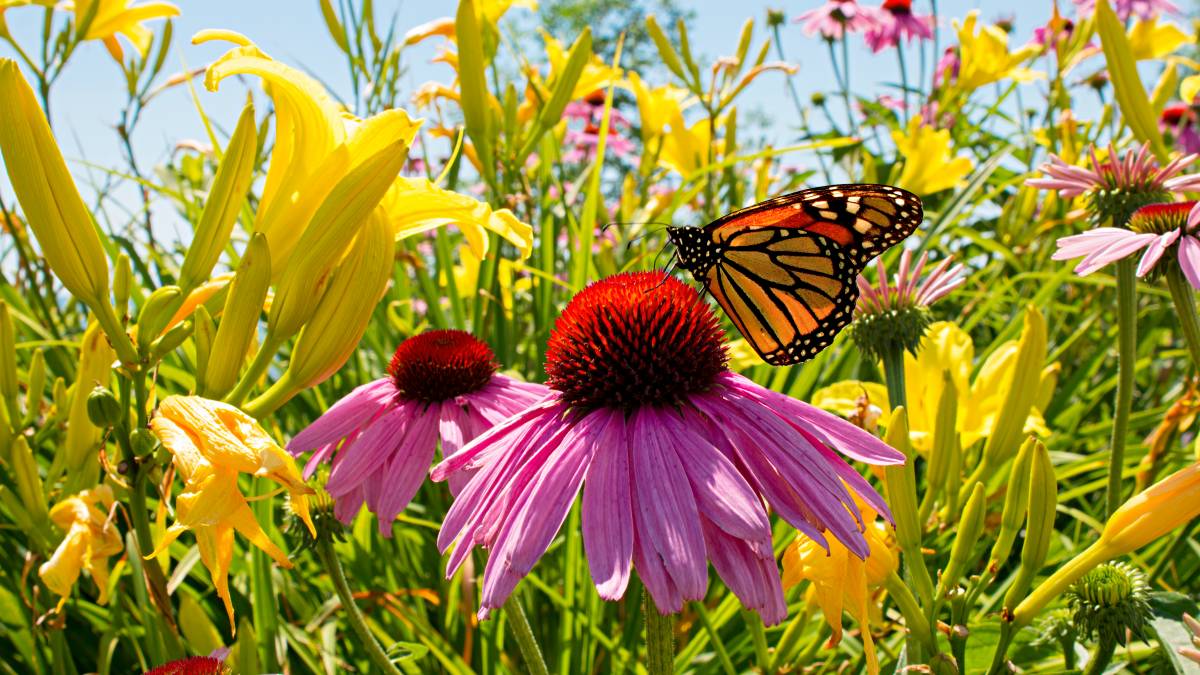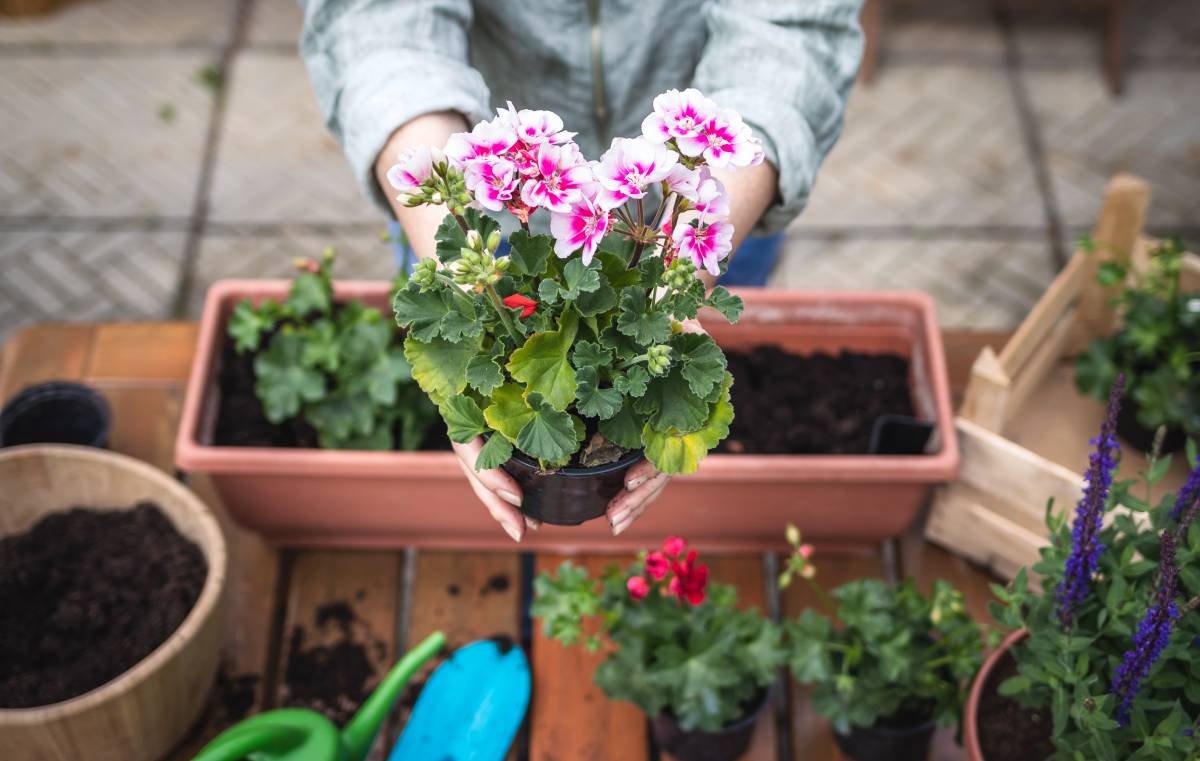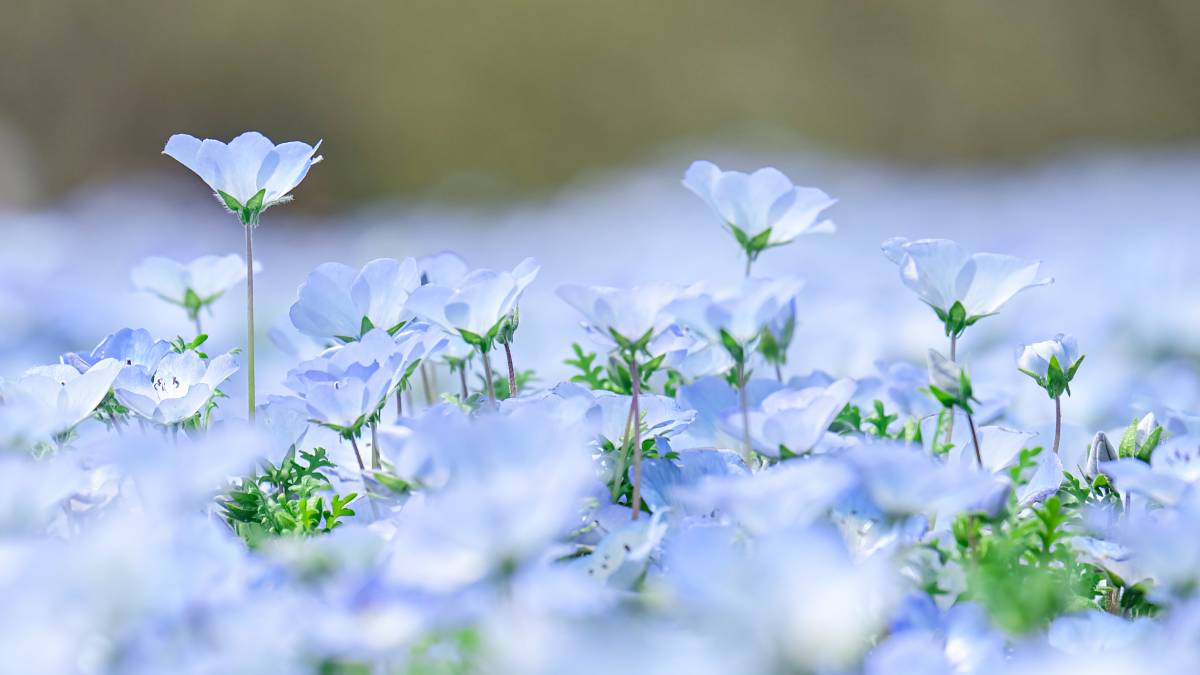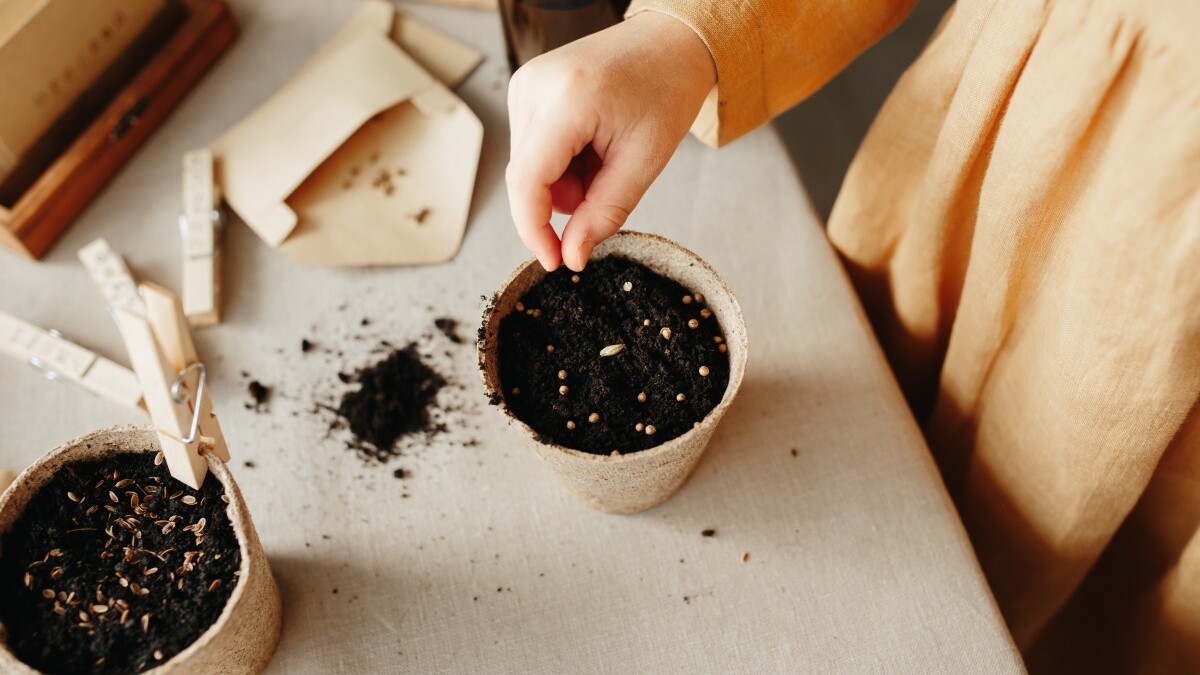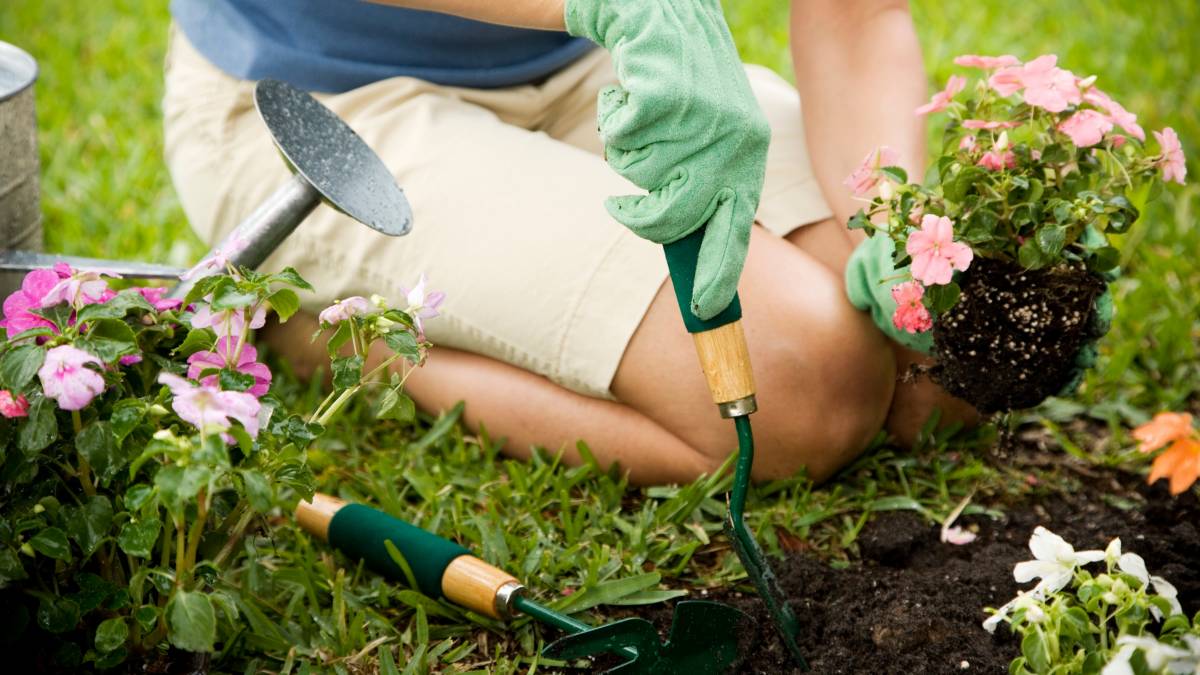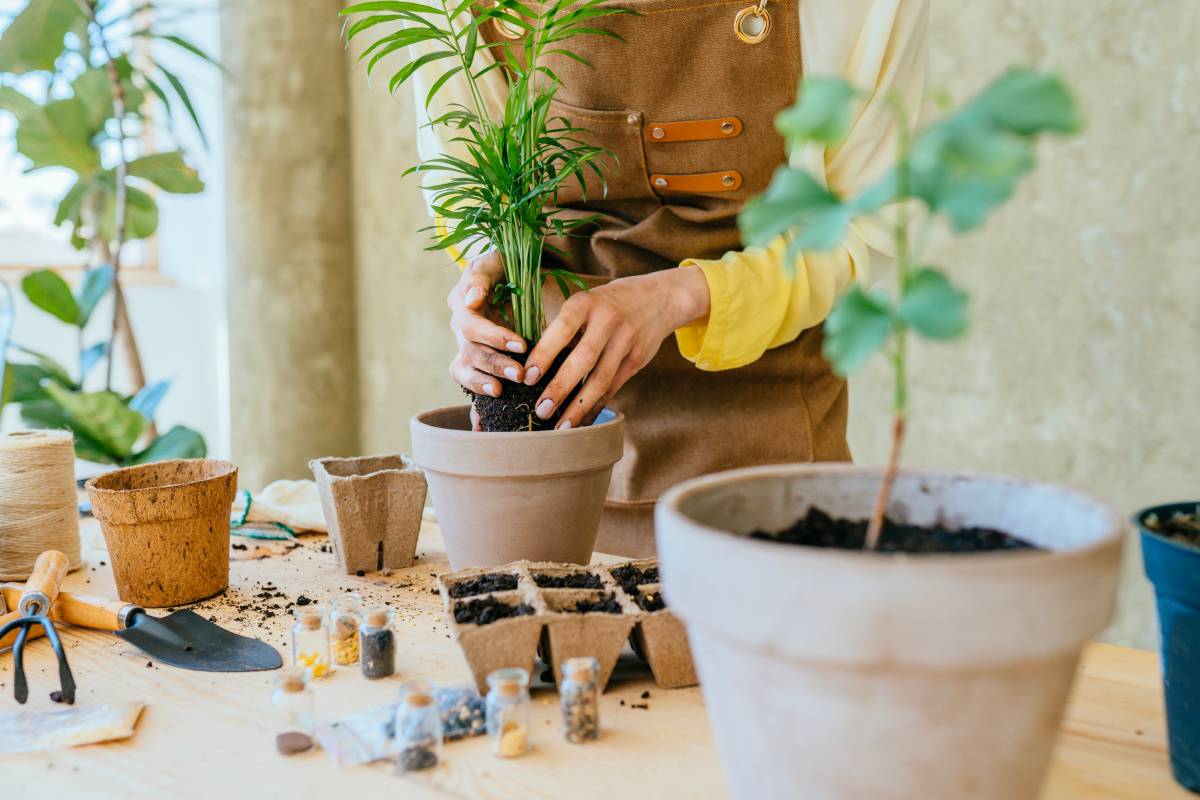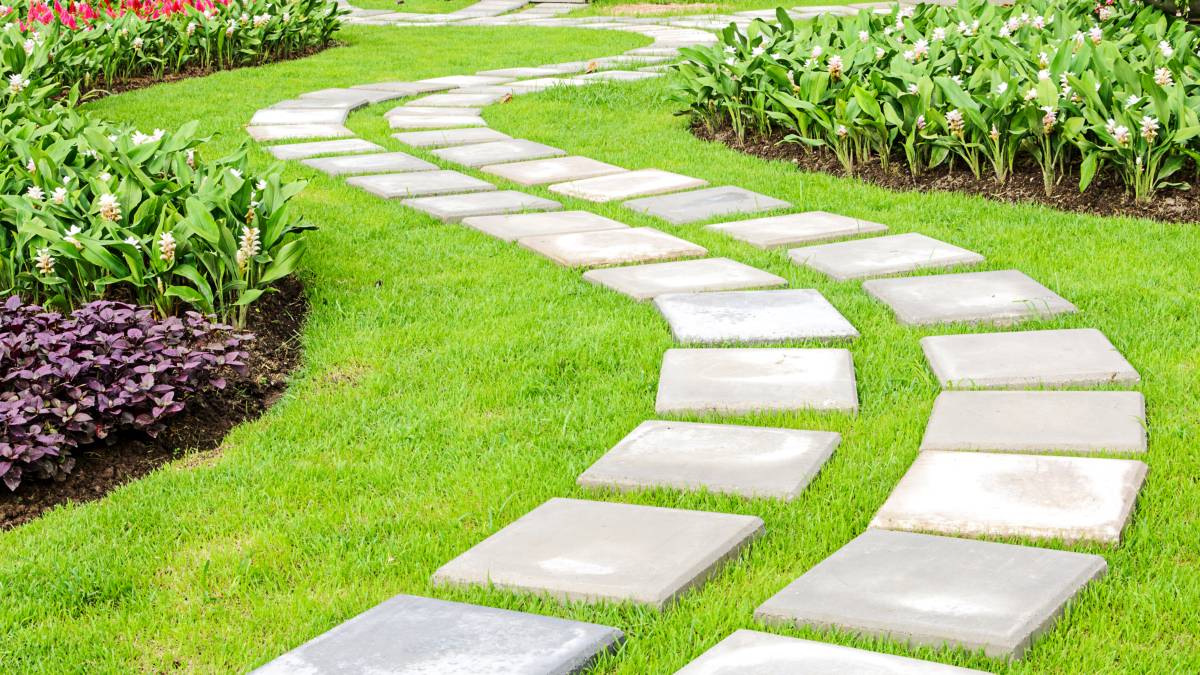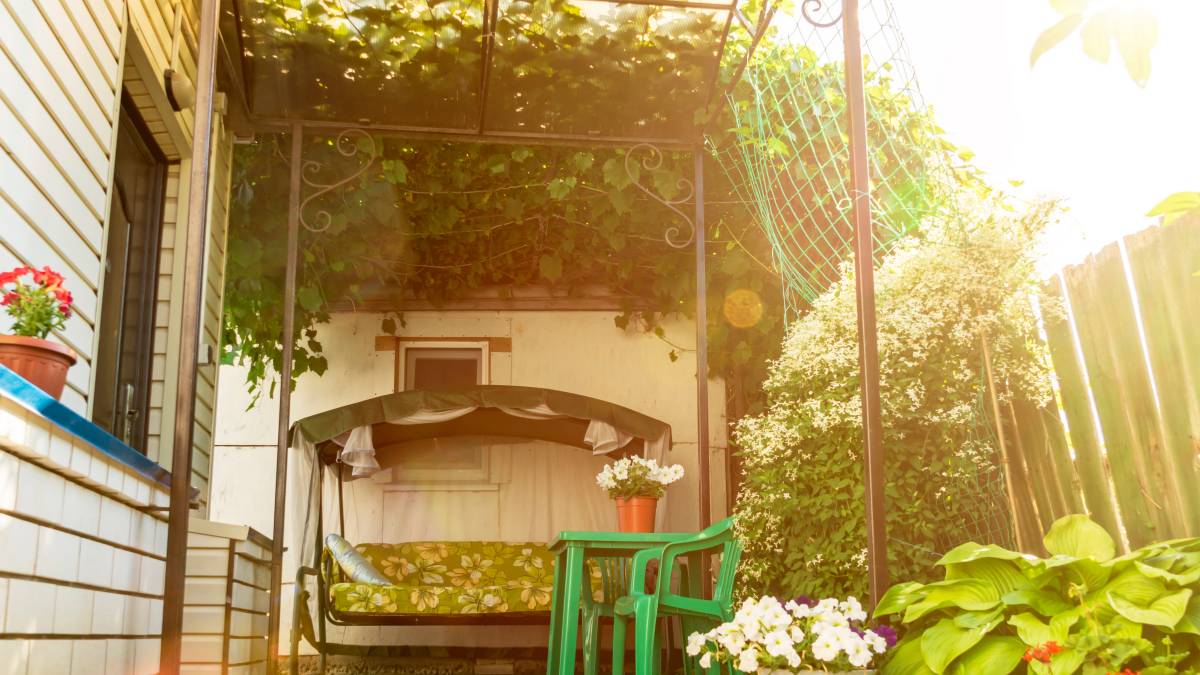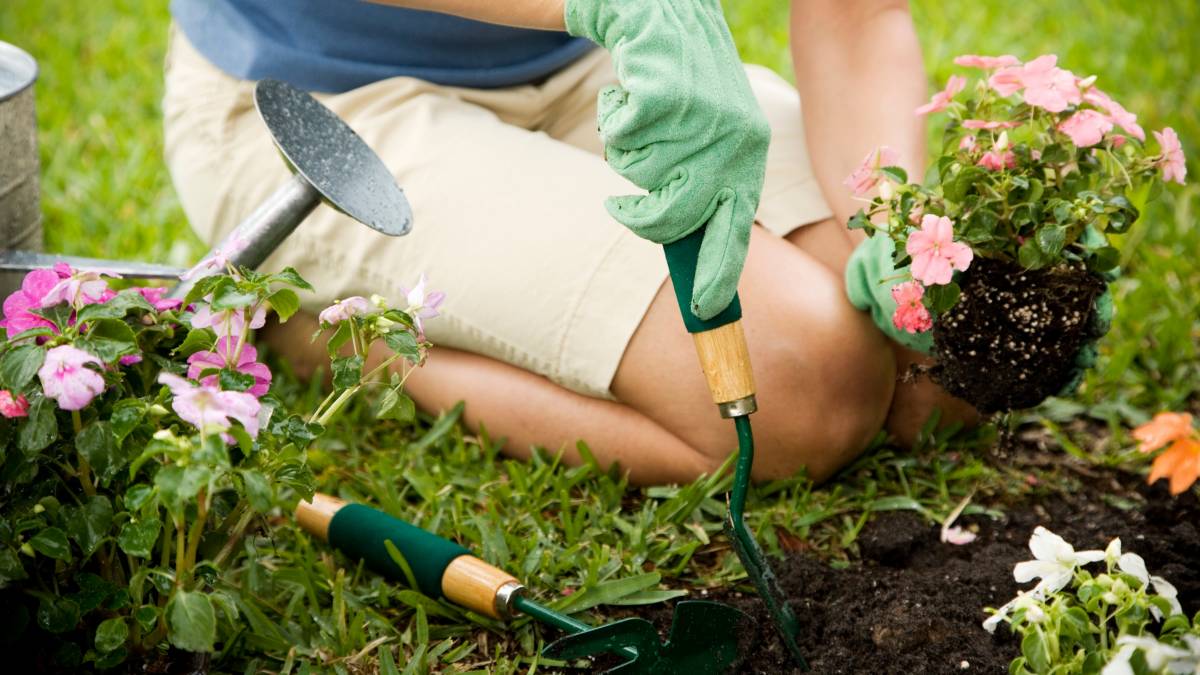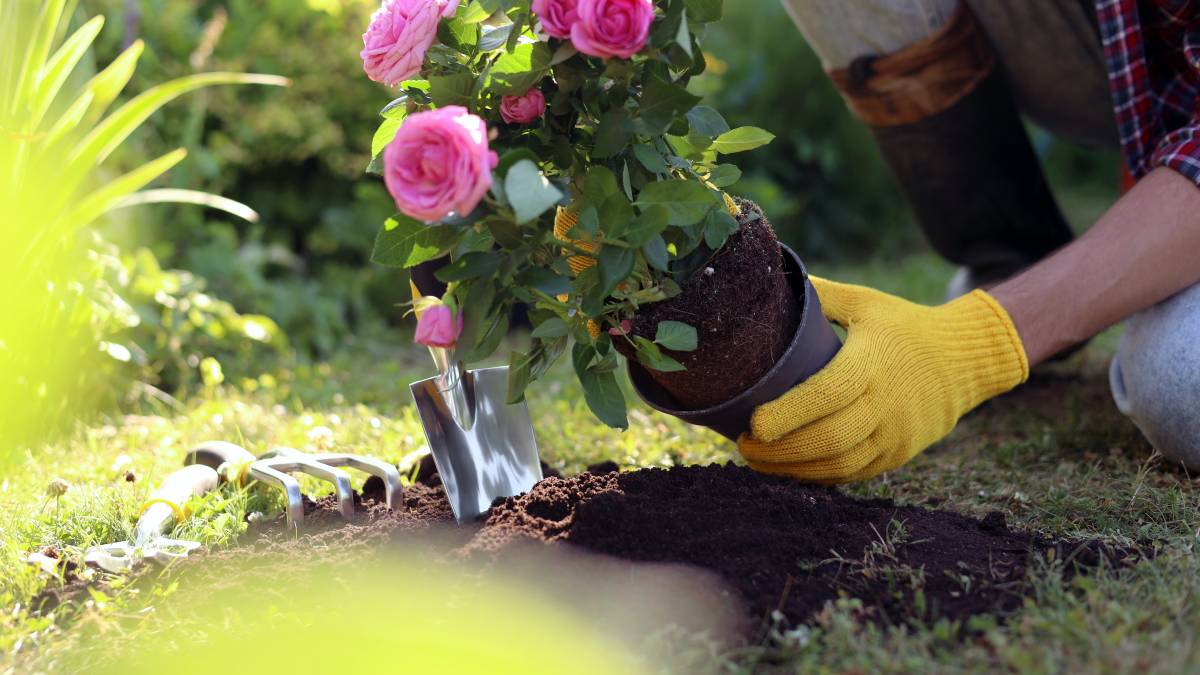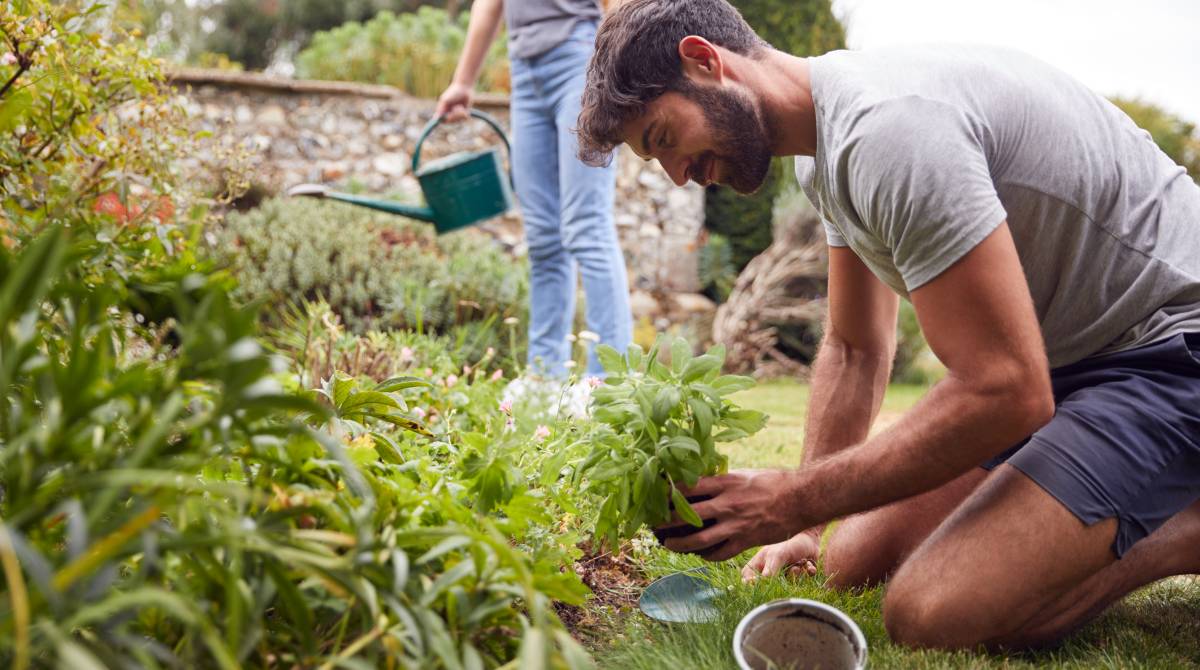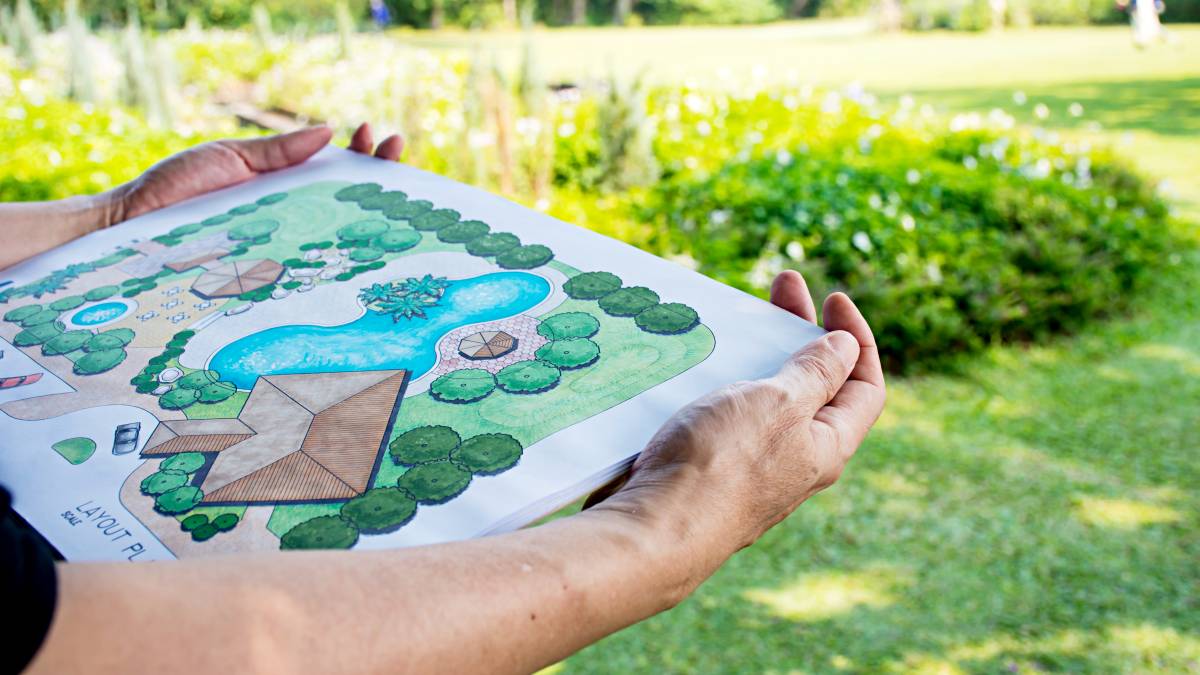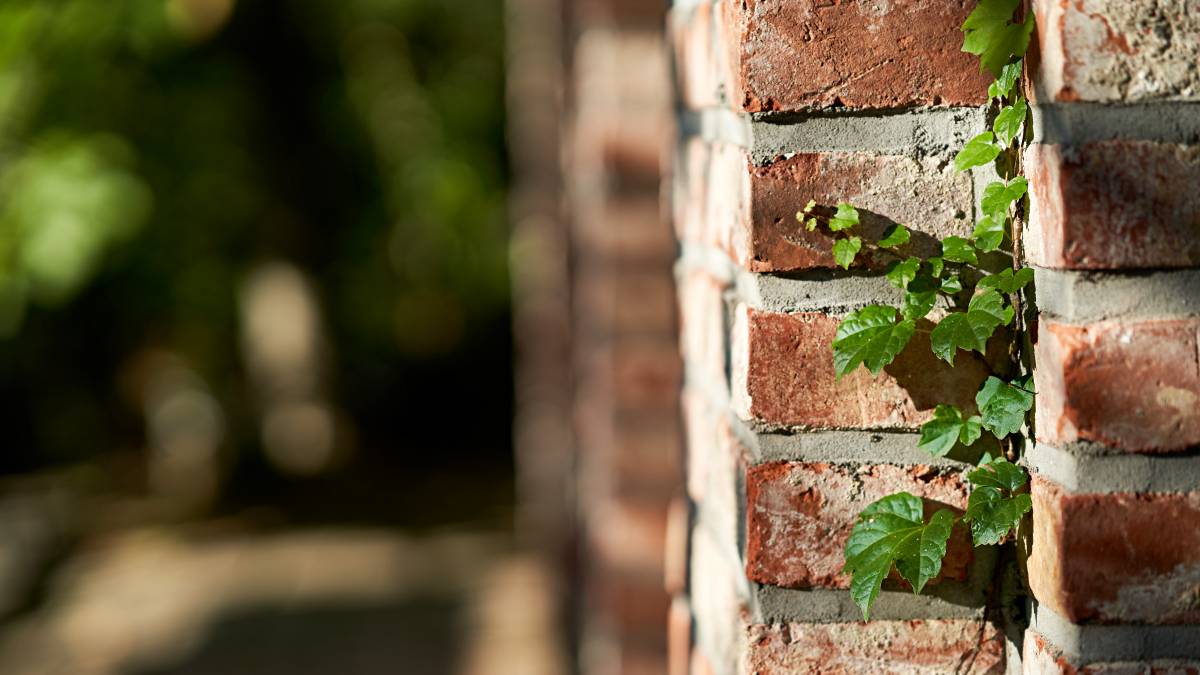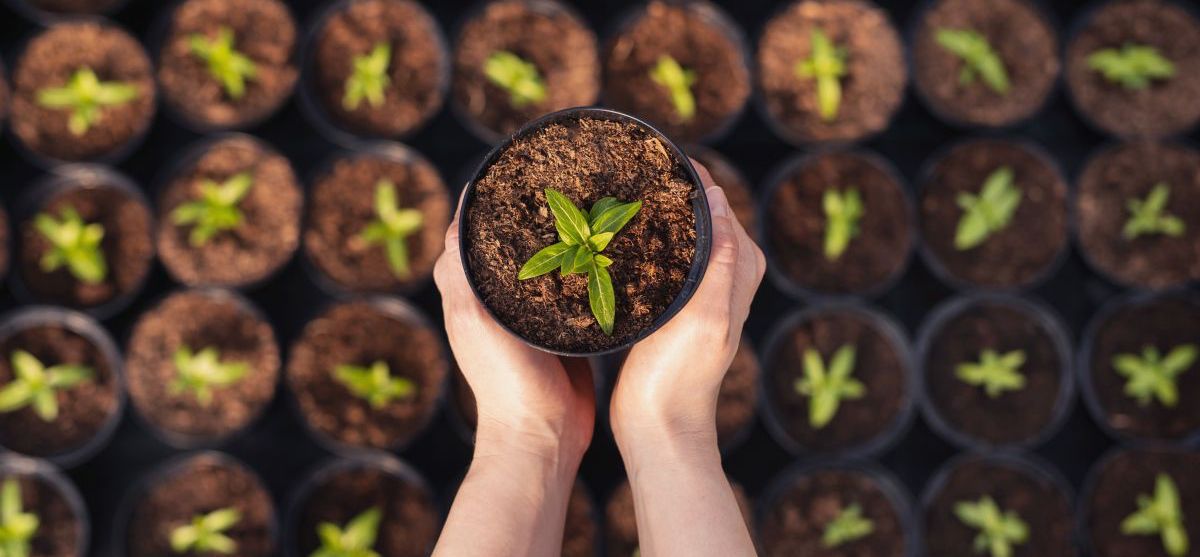
Gardening for beginners: From planning to maintenance
Your ultimate guide to starting and maintaining your dream garden
Find gardening helpLast Updated on
As a beginner, the prospect of gardening can be daunting. But don’t worry - we’ve got you covered with this comprehensive beginner’s guide to gardening. We cover everything from plant selection to plant care and pest prevention tips.
And if you’re still feeling intimidated, you can always hire a professional gardener through Airtasker to help bring your green space to life.
1. Planning your garden
Before you get down to the local garden center, you need to consider a few things:
Landscaping and layout
First, assess your living situation and identify what kind of garden you want based on your needs.
How much space do you have?
How much budget and time can you devote to your garden?
Do you have any disabilities you’ll need to work around?
Will this space be an entertaining area, children’s play area, or vegetable garden?
Considering your lifestyle and understanding the purpose of your garden will help you plan the design.
☞ Helpful read:
☞ Cost guides:
Sun exposure
“Sun-mapping” is a thing – how much sun does your garden actually get and where? Spend a day outside to find out.
Assess the sun’s movement throughout the day and identify areas of full sun, partial shade, or full shade.
Use this information to decide where to plant sun-loving or shade-tolerant plants based on their specific light requirements.
Different types of gardening
Your garden reflects your personality, showing what you like. Those with large backyards are blessed with their options. But if you live in an apartment with limited space, you’ll need to be smarter with what you have.
If you’re unsure about the type of garden you want to create, here are some options you can consider.
☞ Outdoor gardening ideas:
☞ Small garden ideas and indoor plants:
Choosing plants to grow
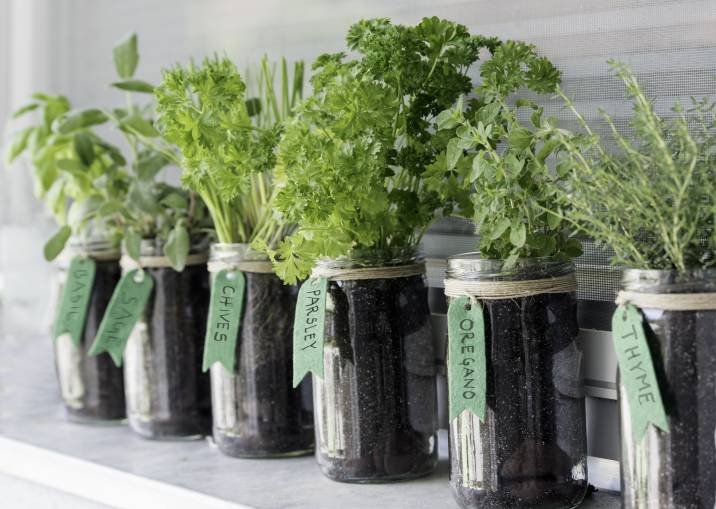
As a beginner, you can start with easy-to-grow plants. Indoor plants are perfect if you live in an apartment or don’t have a yard or balcony. Or, if you love to cook with aromatic herbs, a mini herb garden of parsley, basil, and thyme will leave your garden (and kitchen) smelling great! Meanwhile, garden hedges serve as beautiful fences and are budget-friendly and low-maintenance!
Your choice of plants really depends on your available space and purpose.
☞ Gardening basics
☞ Different types of plants
2. Getting started on your garden
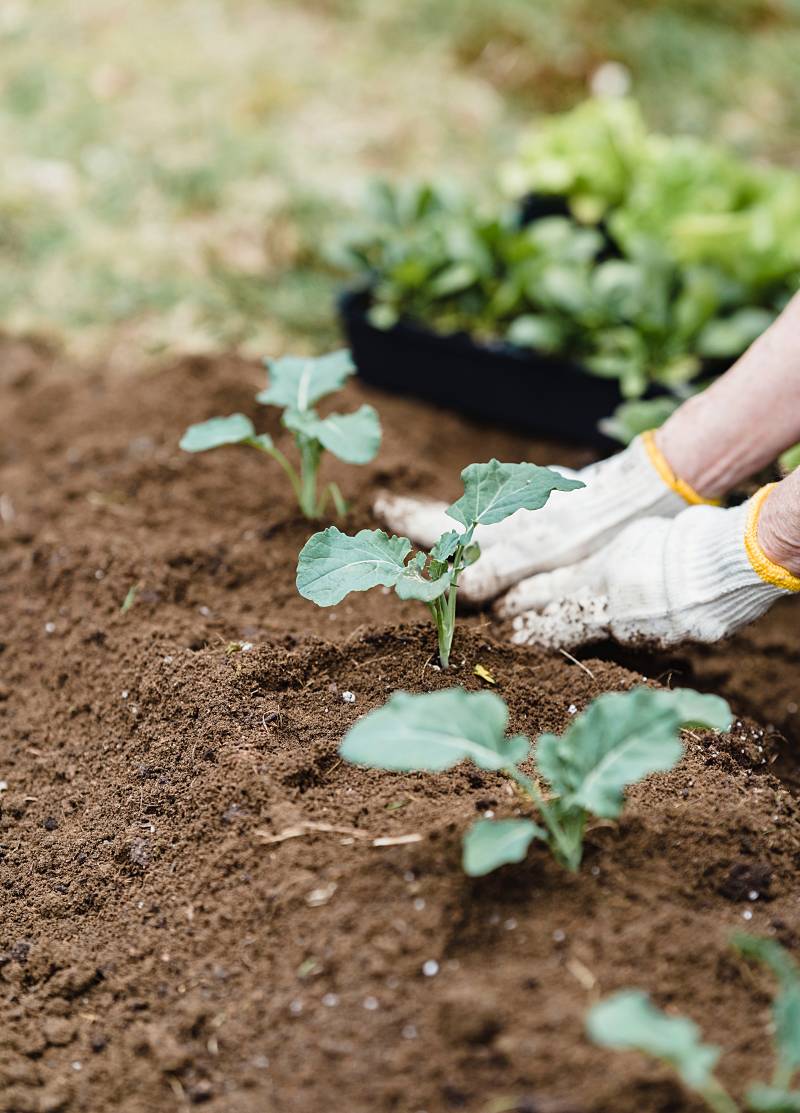
Photo by Greta Hoffman via Pexels
Below are helpful guides for when you’re ready to set up your garden. After choosing plants and your preferred type of garden, the next step is to gather supplies, roll up your sleeves, and start planting.
Drainage and ground preparation
Don’t forget to consider things like drainage and ground preparation. You don’t want half of your backyard flooded and turning into a mud puddle every time you get a sprinkling of rain. You may need to level the ground, dig it out, or prepare the soil if it’s lacking nutrients.
If you have a bit of laboring work ahead of you, think about when the right time to do it will be; there’s no point in scheduling a landscaping job in the ‘wet season’; mud and rain won’t allow for much productivity.
☞ Things to know before planting:
Essential gardening tools
☞ How-to guides:
3. Tending to the garden 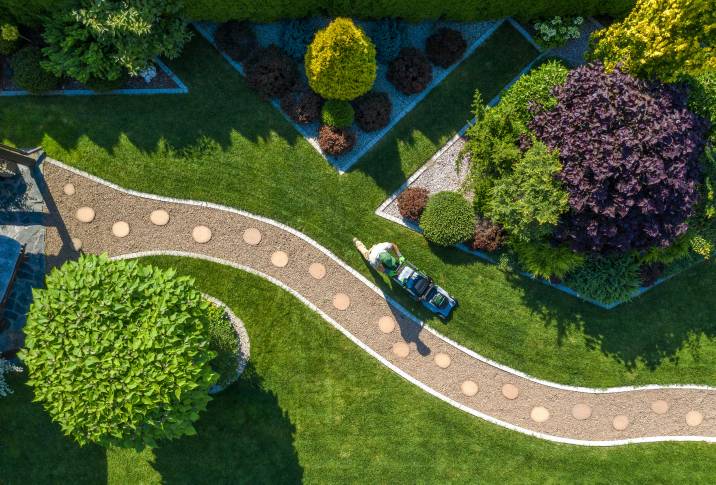
These guides will teach you how to care for and maintain your garden. Learn all about various activities such as watering, weeding, pruning, and nurturing your plants.
☞ Garden maintenance guides:
Garden maintenance checklist
☞ How-to guides:
☞ Cost guides:
Maintaining your garden throughout the year
Changing temperatures and seasons affect plant growth. While spring and early summer are the best times to plant new crops, you must prepare your garden for the cold once fall hits. For example, you might have to cover your plants with mulch or a floating row cover to keep them warm.
☞ Helpful guides:
Making a compost pile
Compost provides organic materials that can be added to soil to help plants grow. Making your own compost pile is healthy for your garden and the Earth since it reduces food and yard waste in landfills. Plus, you can make a compost pile indoors or outdoors!
4. Setting up a garden shed for safe storage
A garden shed keeps your tools and supplies organized, protects them from the elements, and provides a sheltered area for gardening tasks. Also, make sure to regularly clean tools to prevent rust and cross-contamination. What’s more, keep your tools sharp to ensure efficient gardening work.
☞ Garden tool storage and maintenance guides:
5. More garden design inspiration
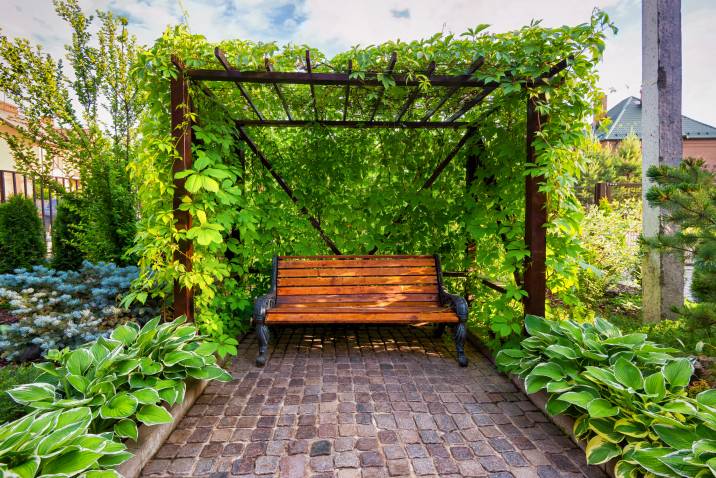
Once you’ve blossomed as a gardener, you can explore ways to make your garden cozier and more beautiful. From garden edging and paths to canopy ideas, we’ve got you covered!
☞ Stylish and functional garden design ideas:
Make money with your gardening skills
If you show your garden some love, it will return the favor with lush foliage and beautiful blooms. And while this guide can help you set up your garden, why stop there? You can take your new-found gardening skills to the next level – by turning them into a source of income through Airtasker.
☞ Learn more:
Ready, set, grow!
Whether you’re a seasoned green thumb or a newbie, there’s always something new to learn. Keep experimenting, trying out new plant varieties and gardening methods, and don’t be afraid to ask for help if you need it. You can easily connect with a local professional gardener through Airtasker.
With hard work, patience, and a little bit of luck, you’ll be rewarded with a beautiful and bountiful garden that you can be proud of.
FAQs on gardening for beginners
Most vegetables need at least 6-8 hours of sunlight daily. Pick a well-drained spot that isn’t constantly soggy. Raised beds are a good option for poor drainage.
Start small! It’s better to manage a manageable plot and succeed than get overwhelmed by a large one. A 10’ x 10’ space is a great place to begin.
Plants are easier for beginners, but seeds are cheaper. Choose easy-to-grow varieties for both options.
Find gardeners, fast
Find a gardener
Related articles
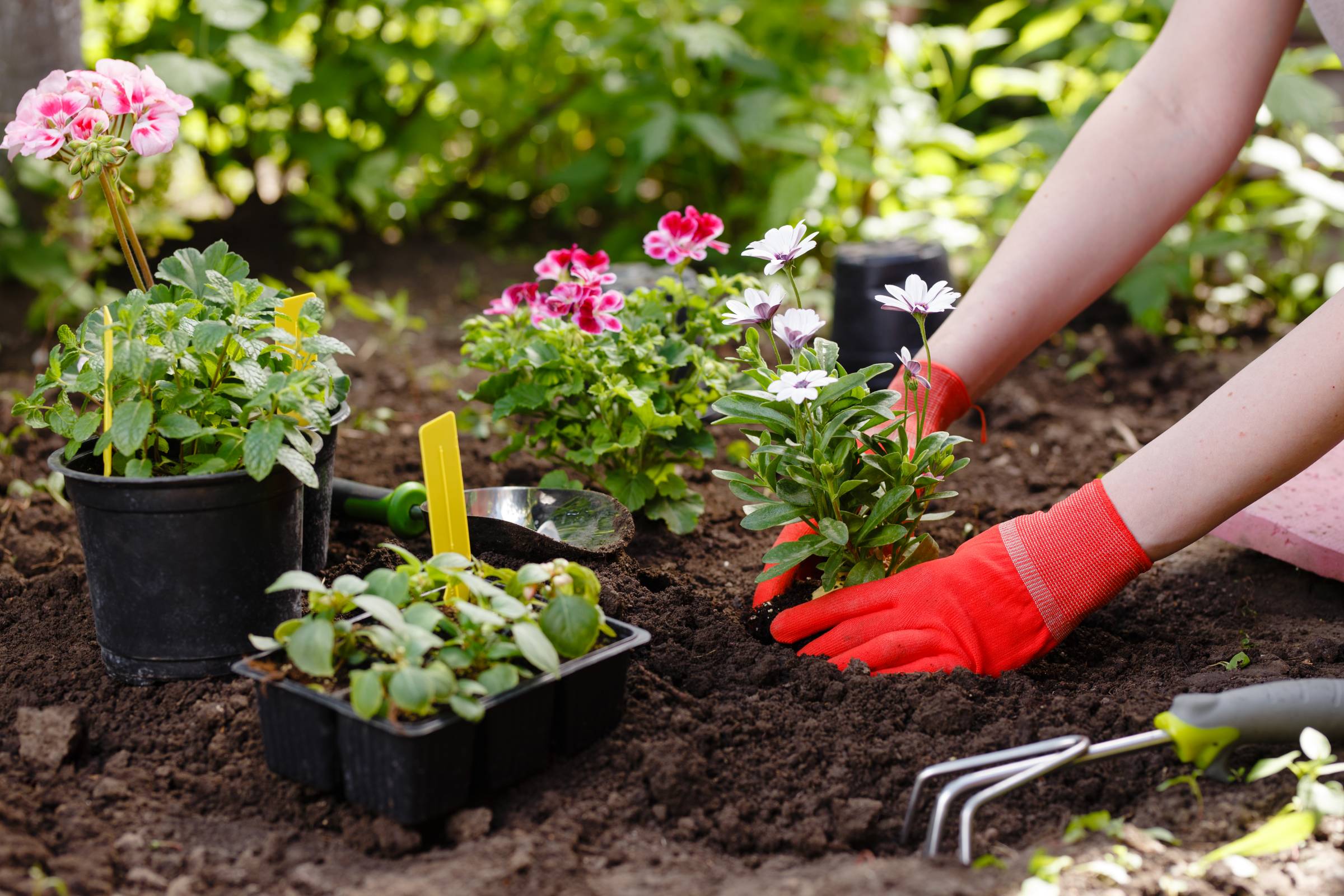
Your garden maintenance checklist
Read more
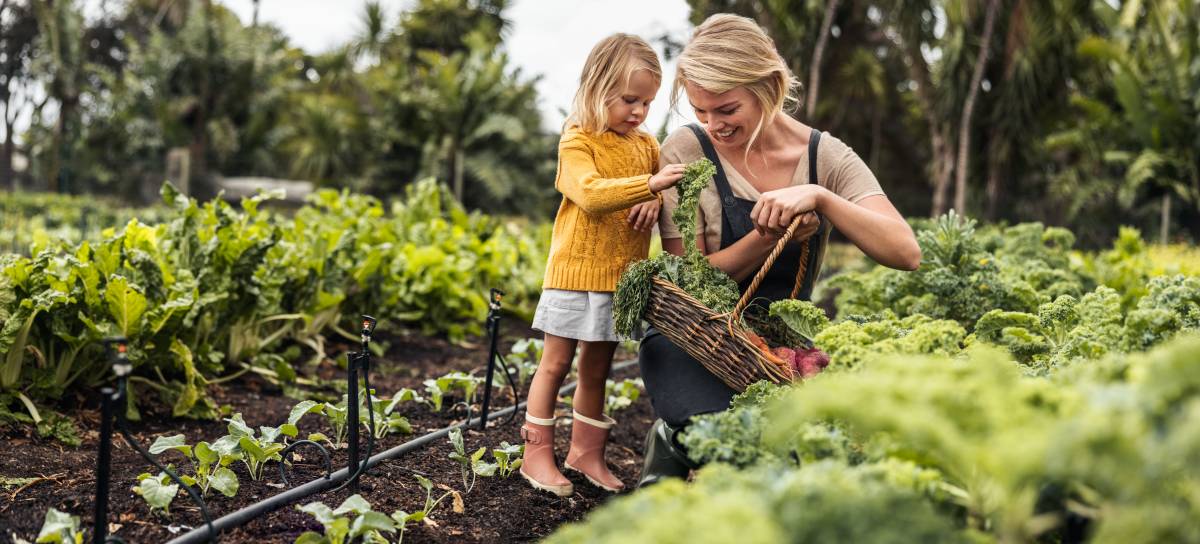
How to Start a Vegetable Garden
Read more

How to build a raised garden bed
Read more

How to build garden steps
Read more

How to trim bushes the right way
Read more
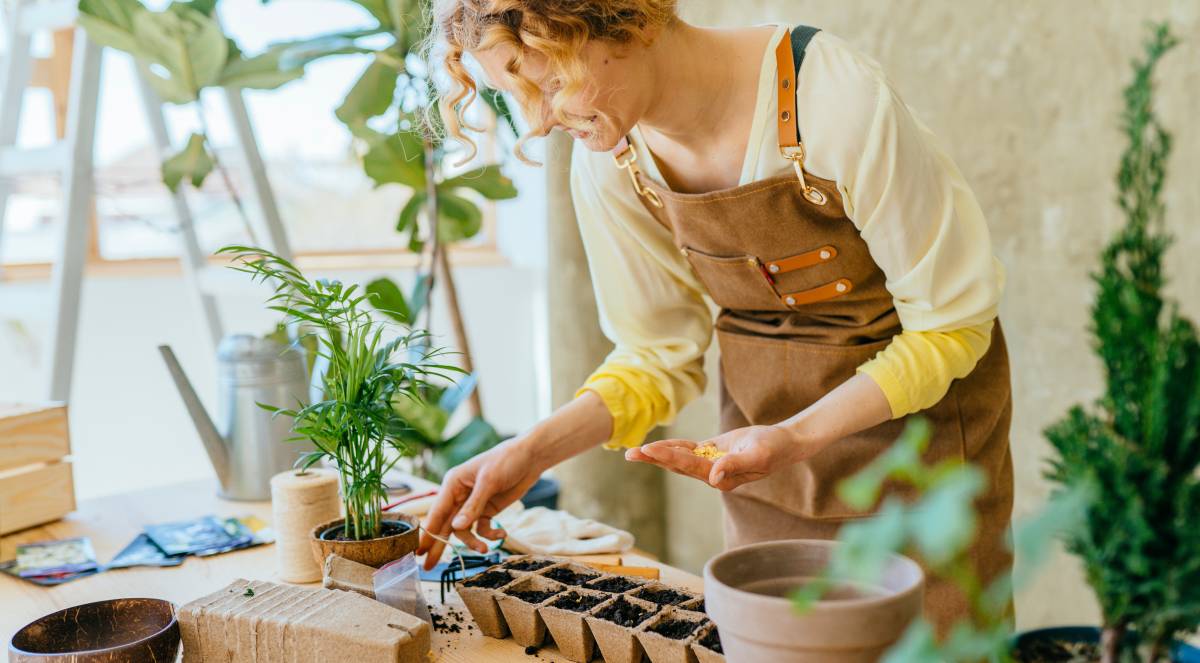
25 ways to make money gardening
Read more
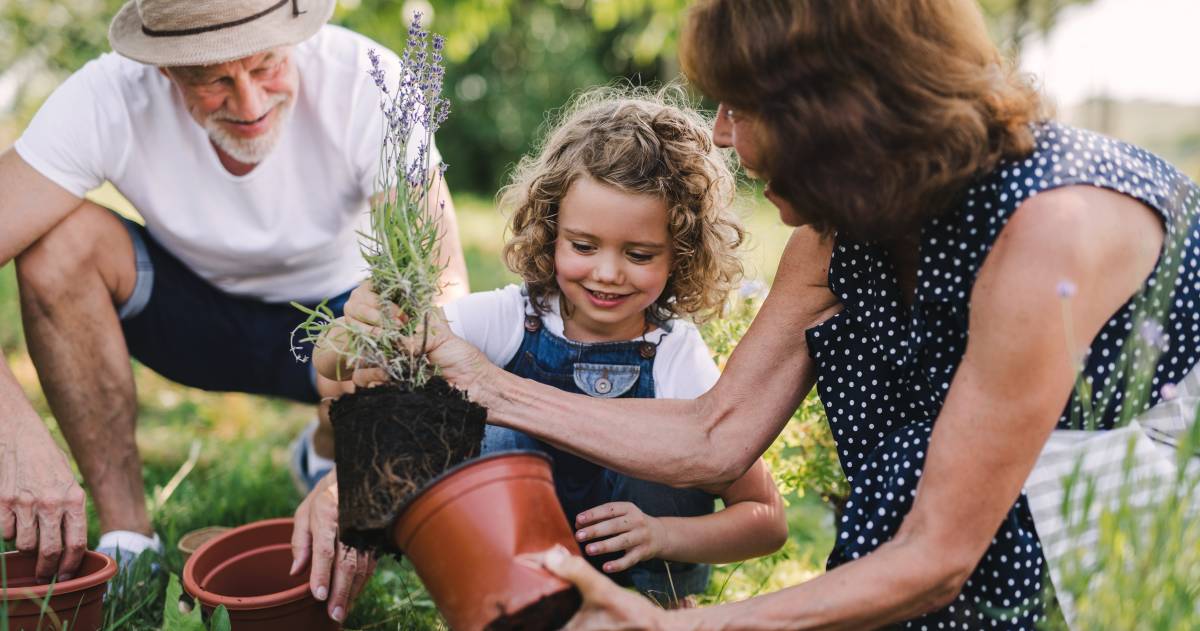
13 best spring gardening tips
Read more

How to clean landscape rocks
Read more
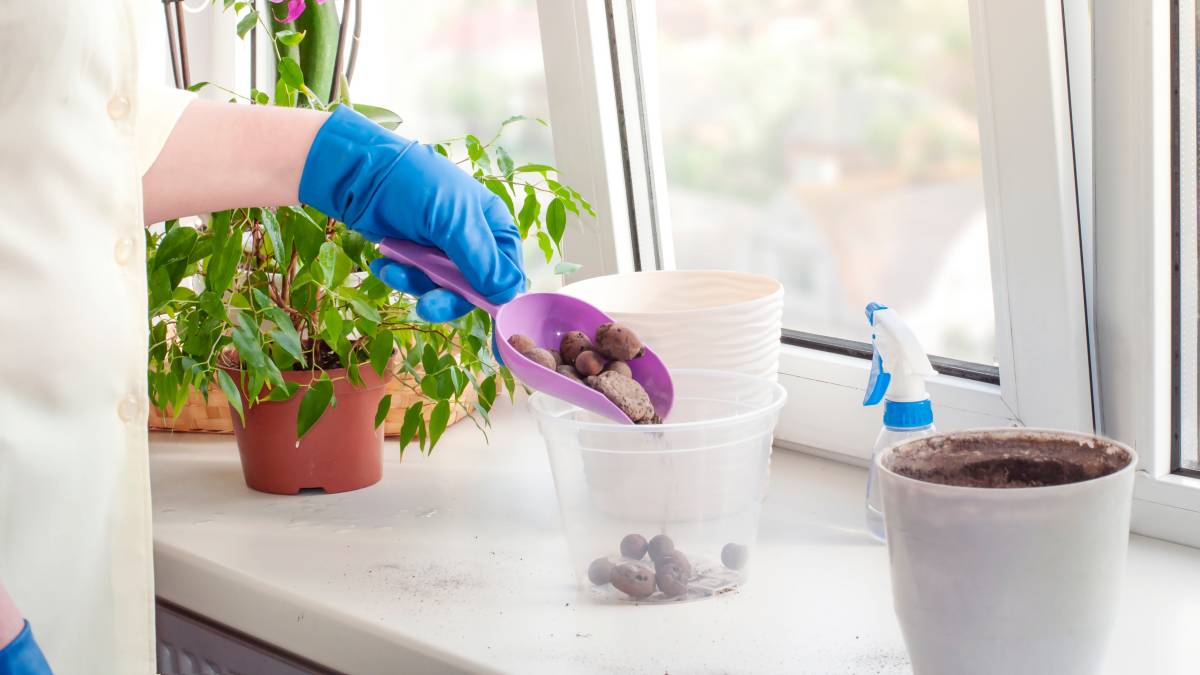
36 Quirky plant pot ideas you’ll love
Read more
Related price guides
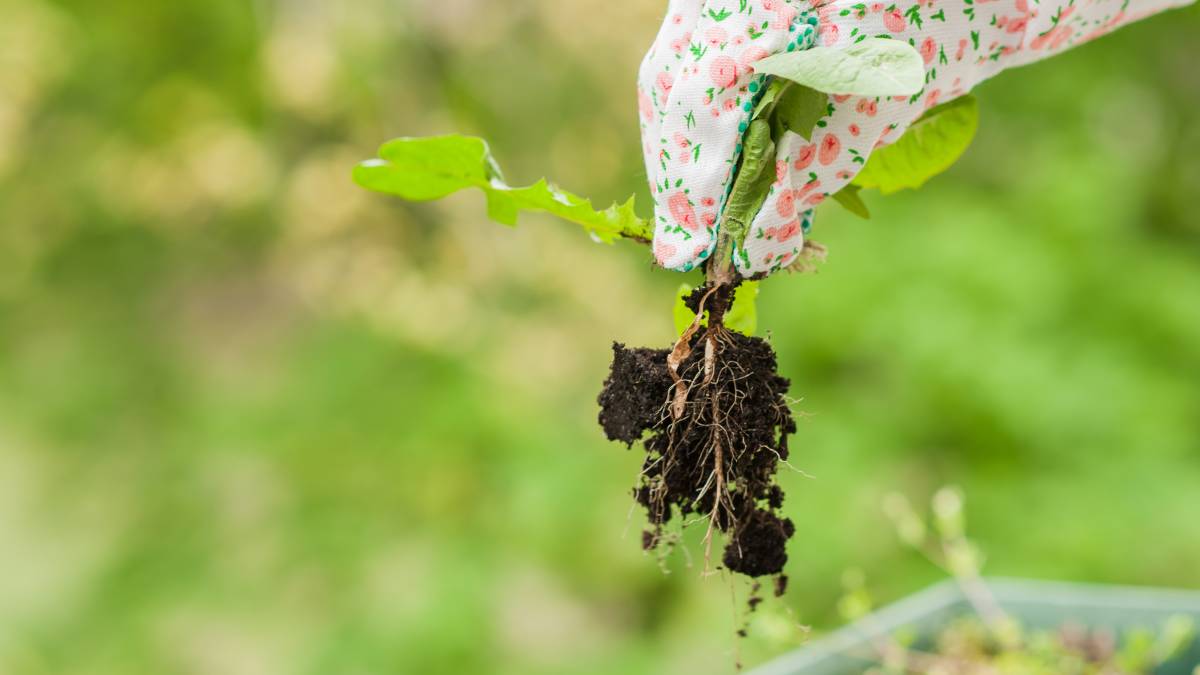
How much does weeding cost?
Read more
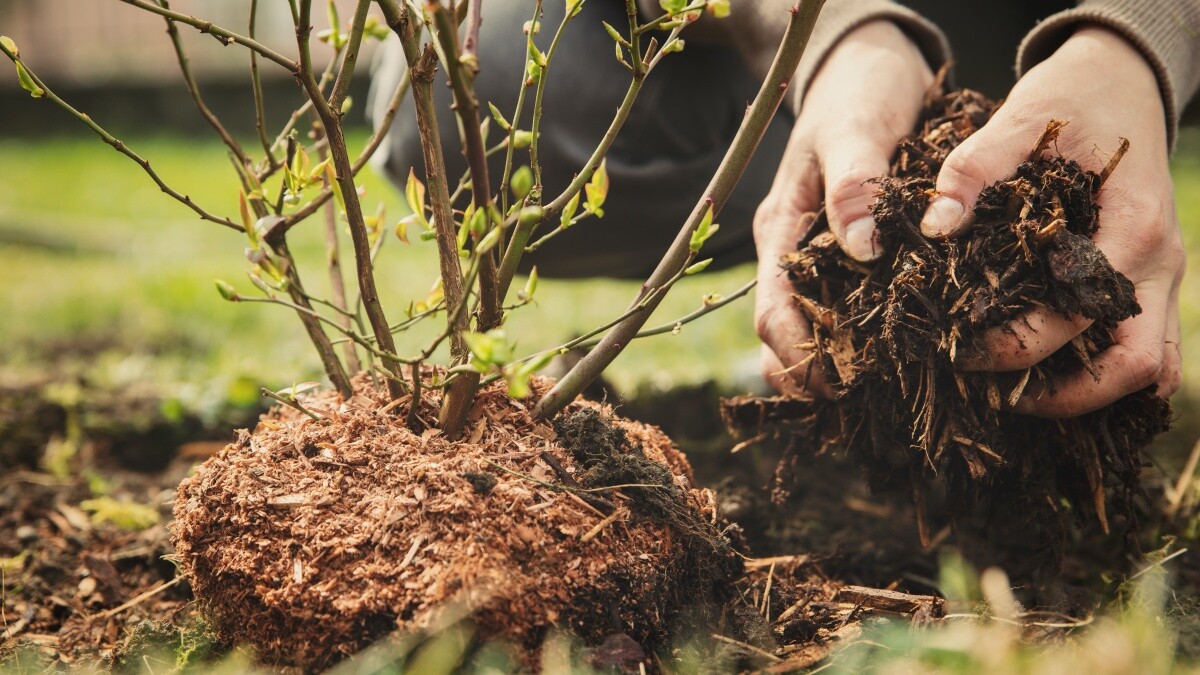
How much does mulch cost?
Read more
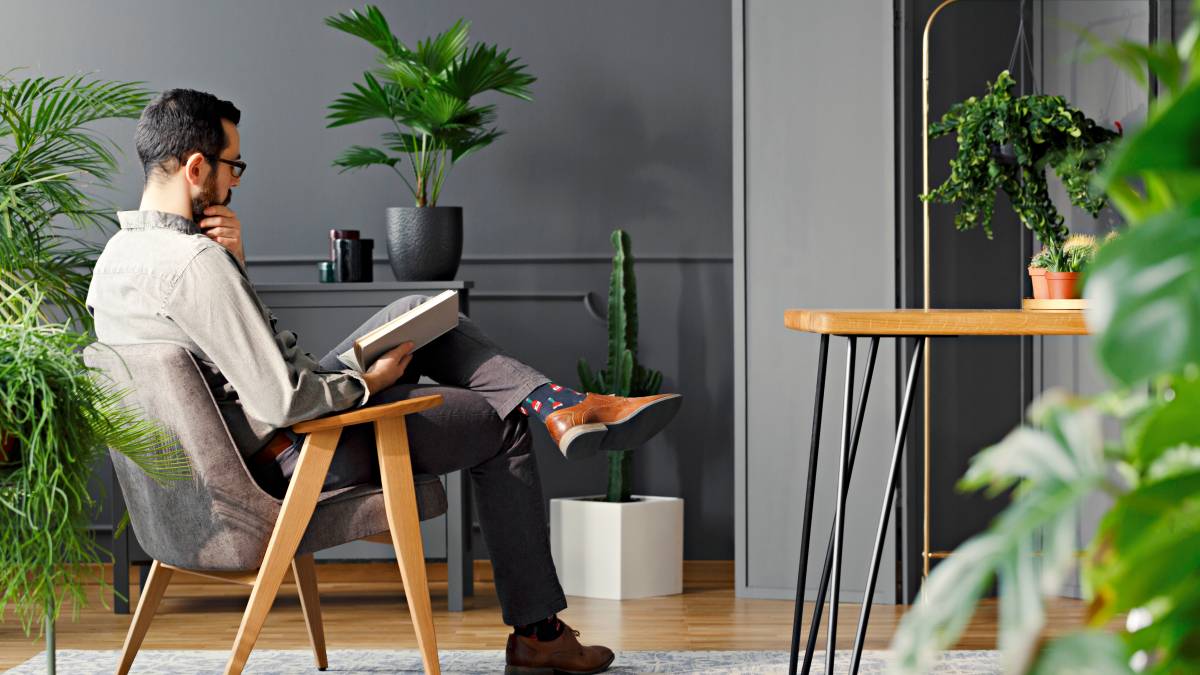
How much does a garden room cost?
Read more
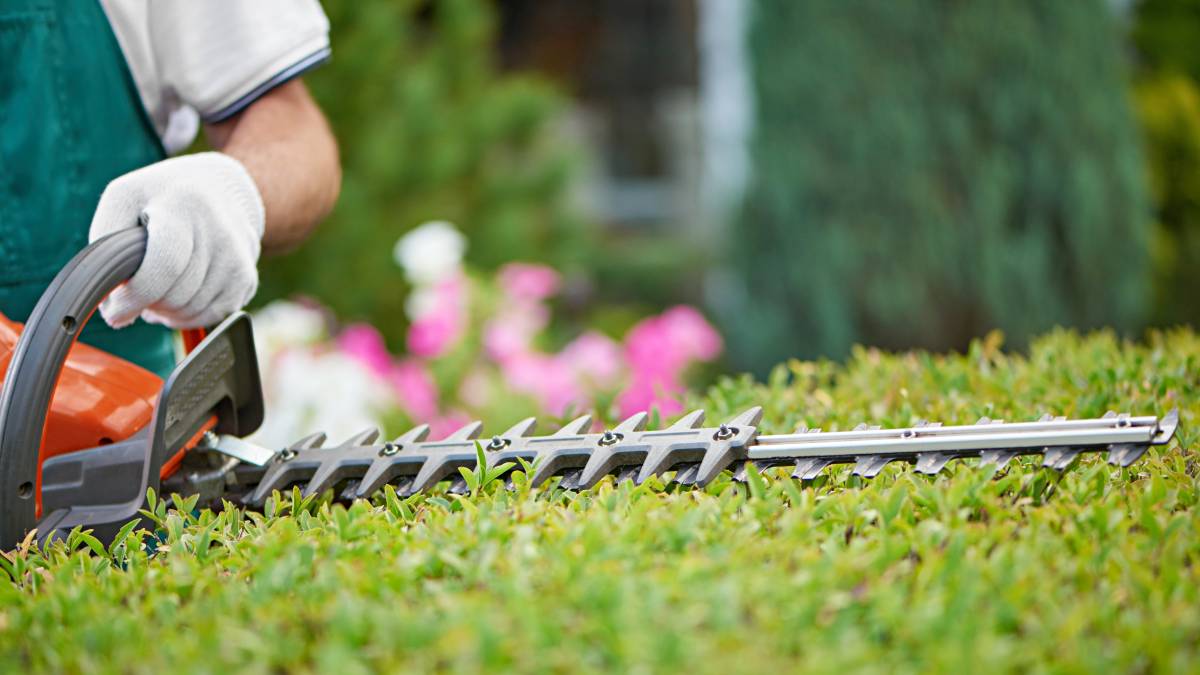
How much does hedge removal cost?
Read more
